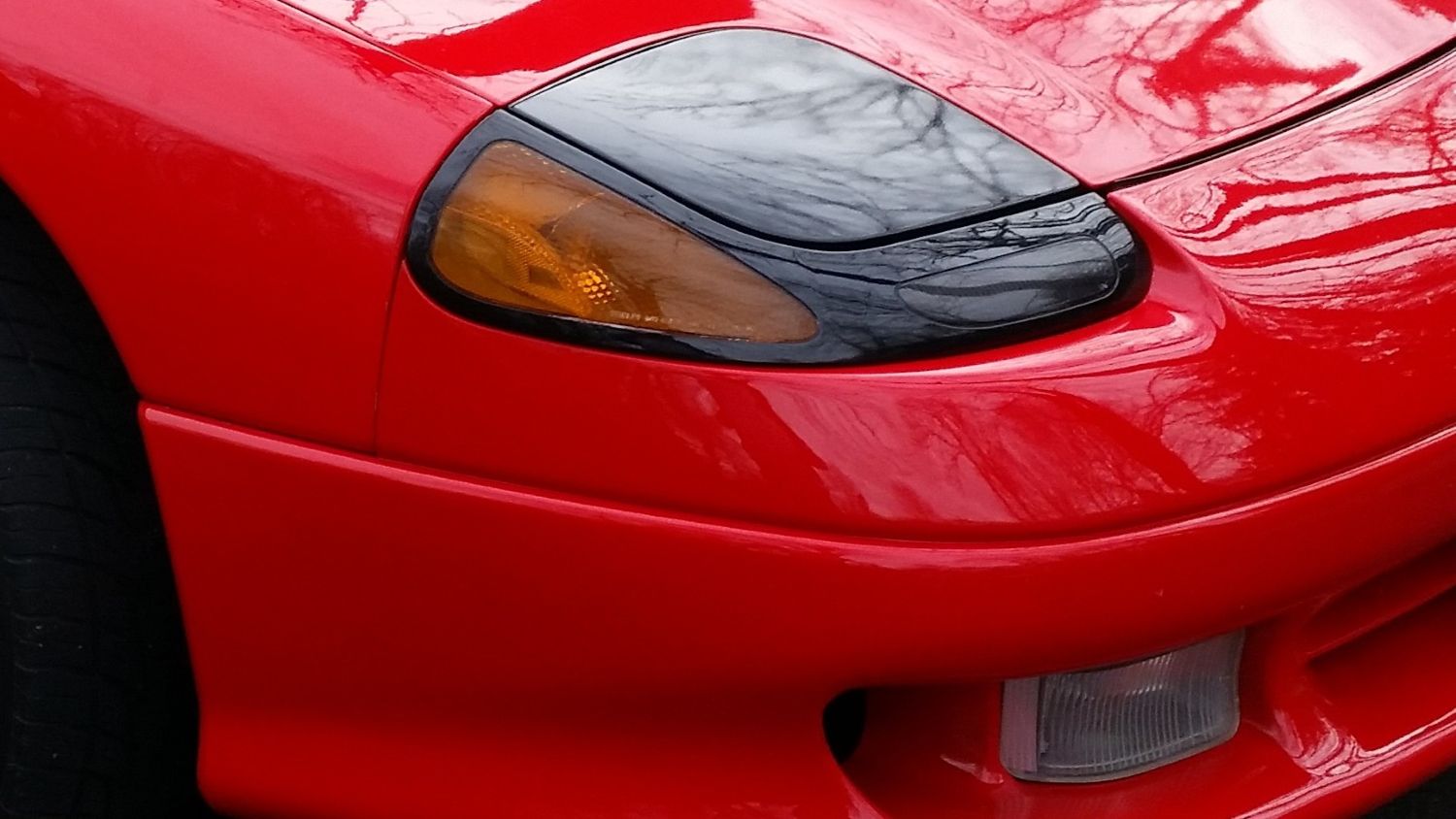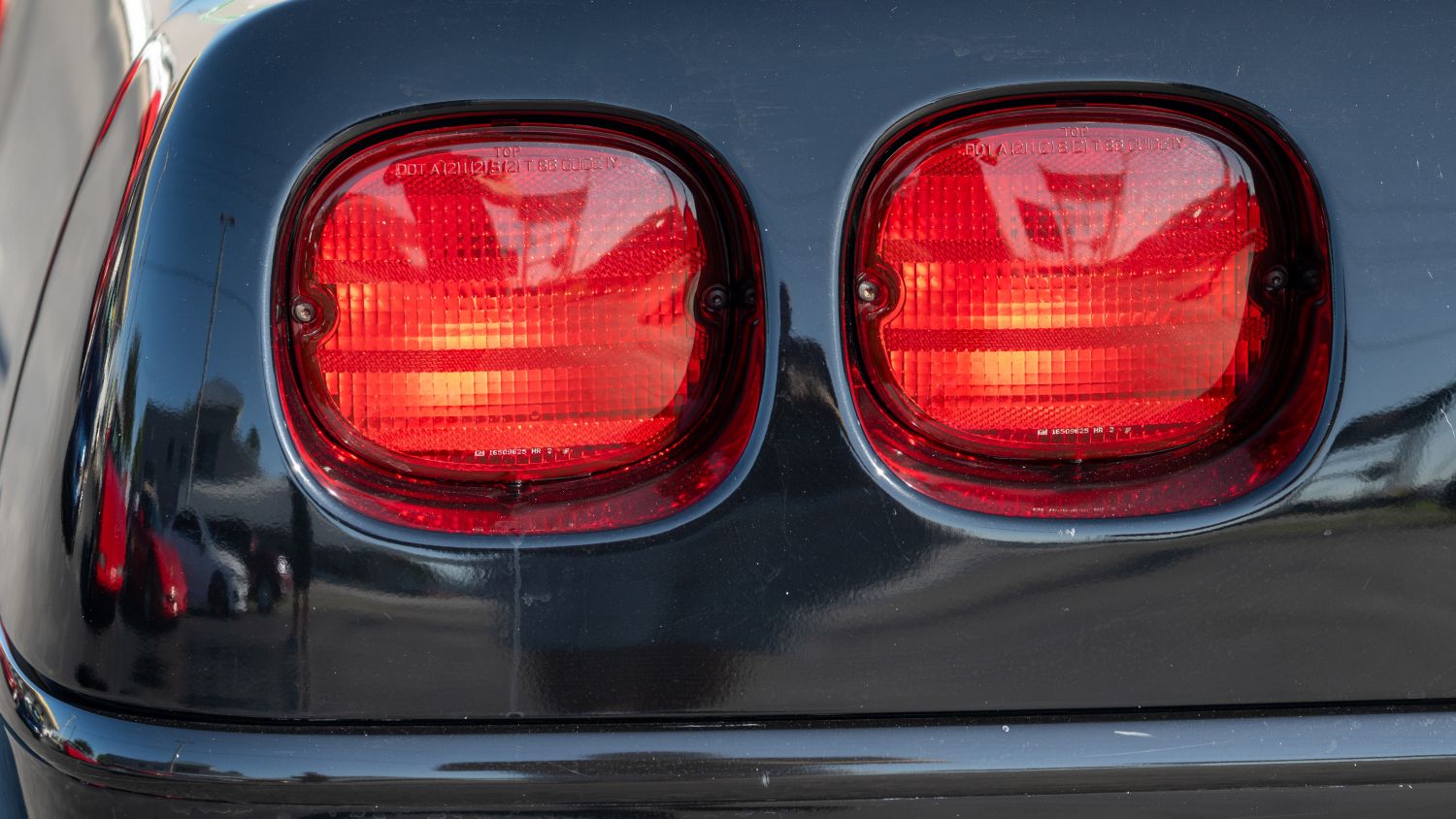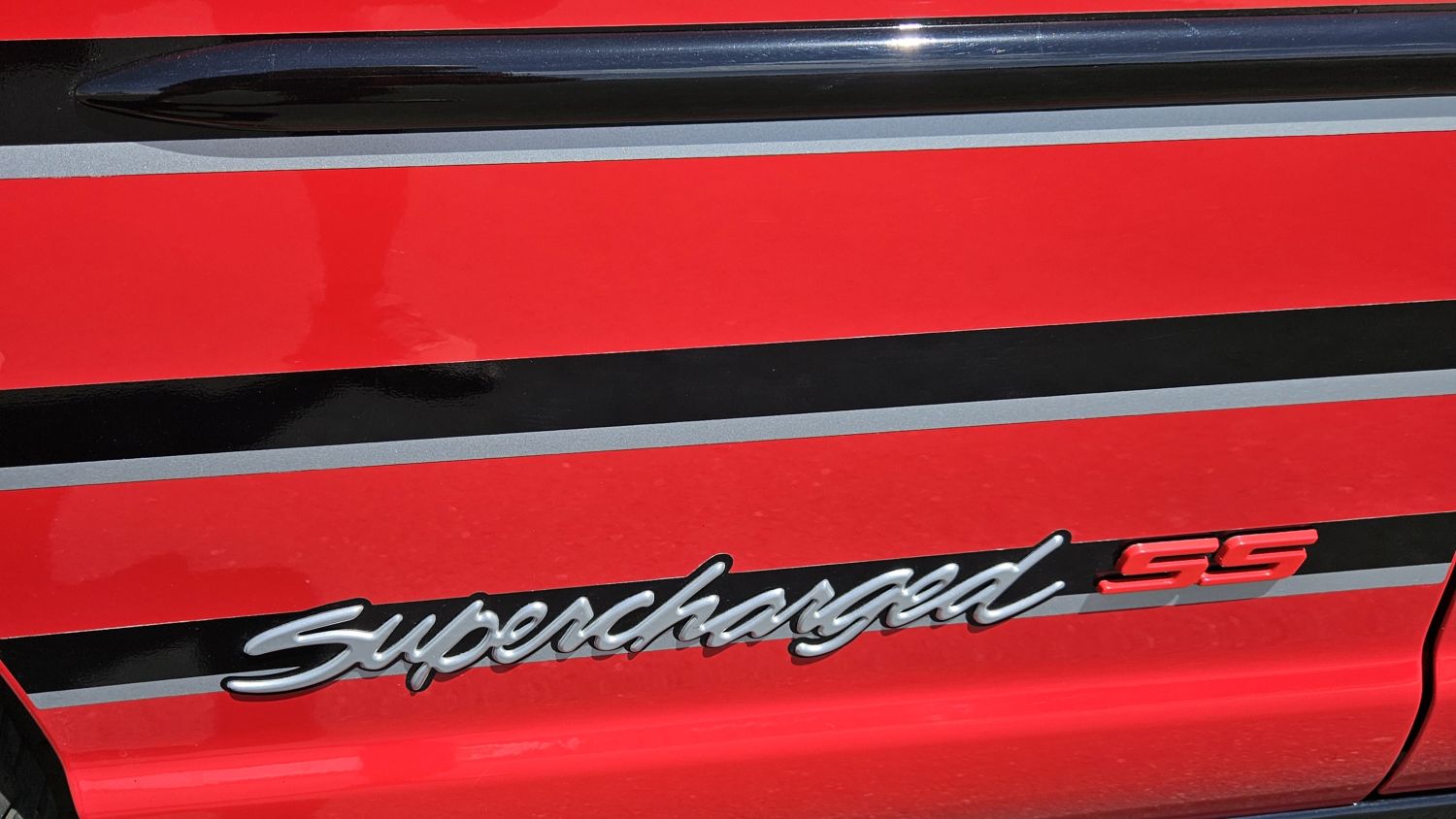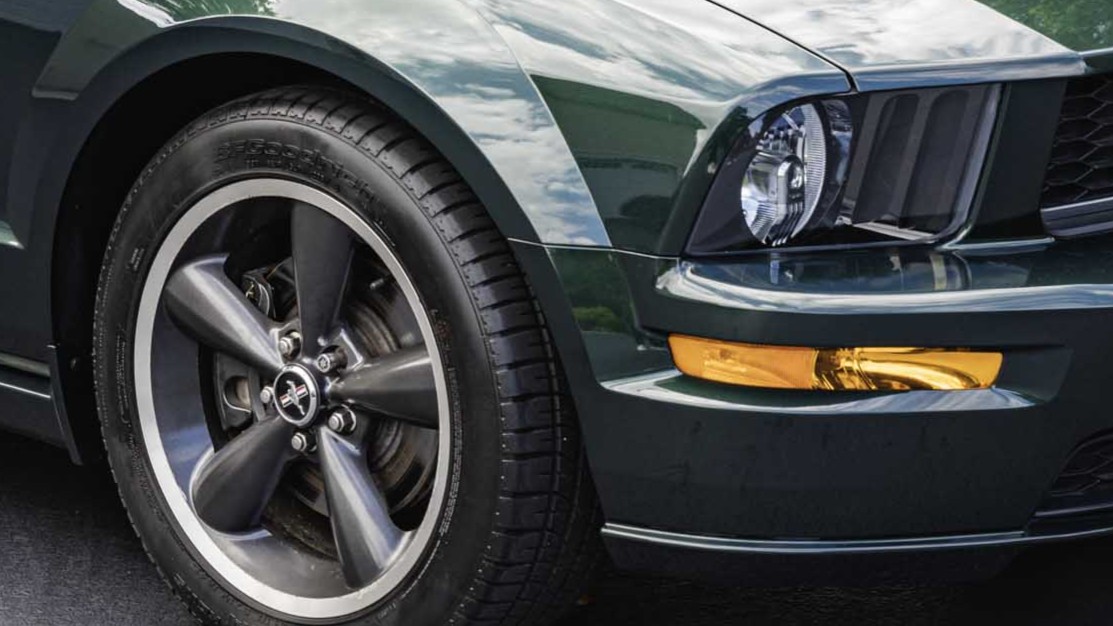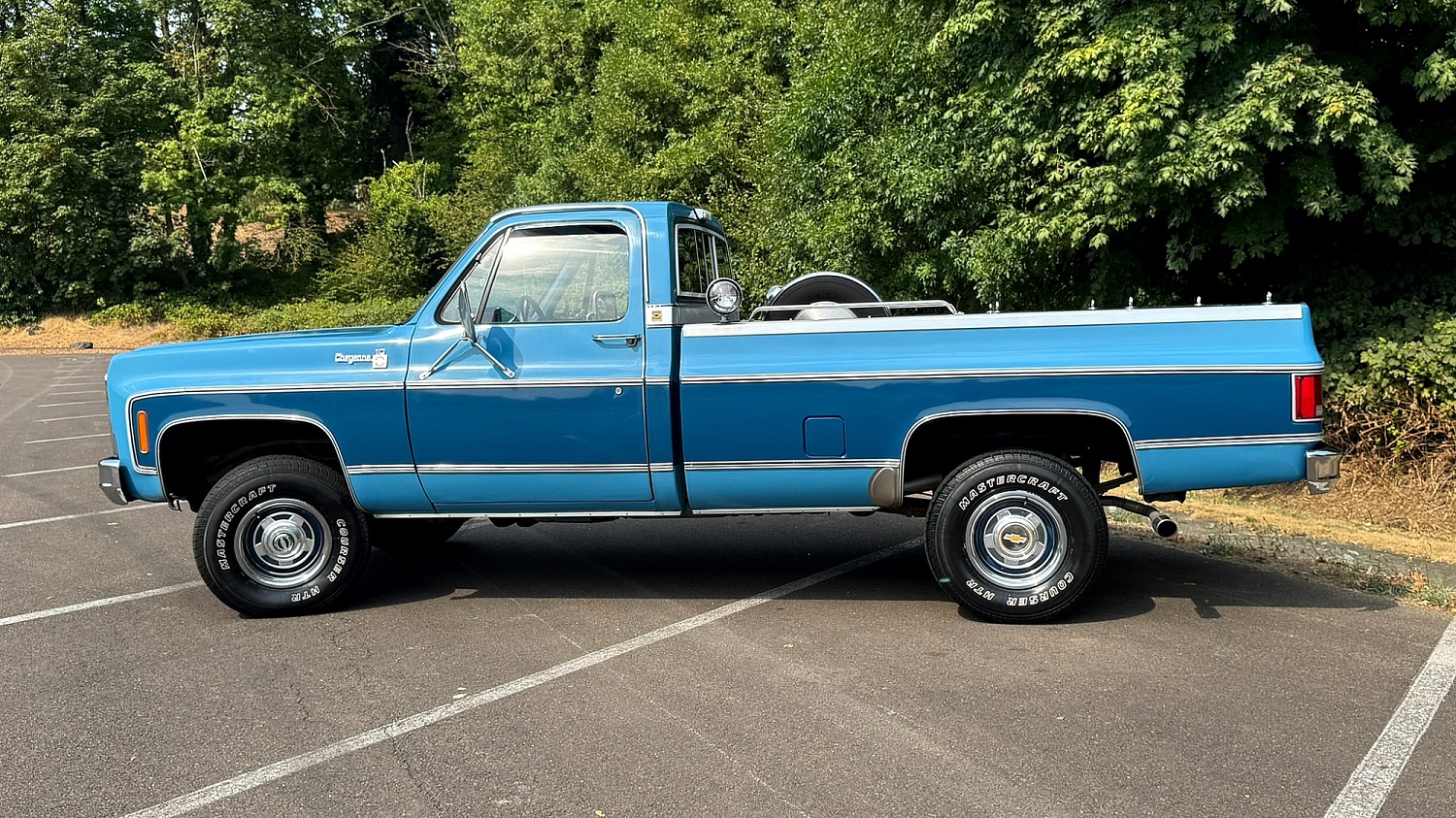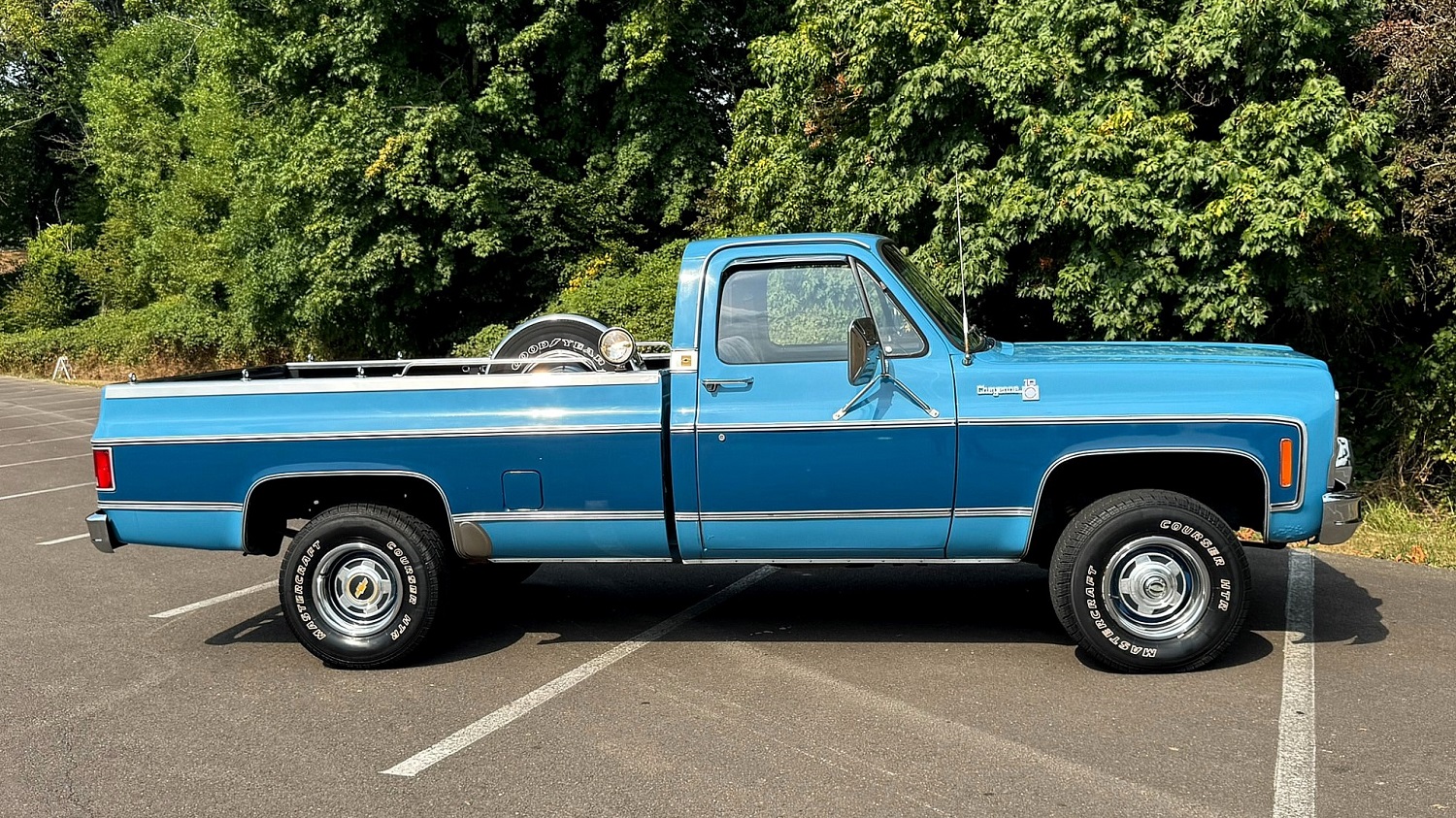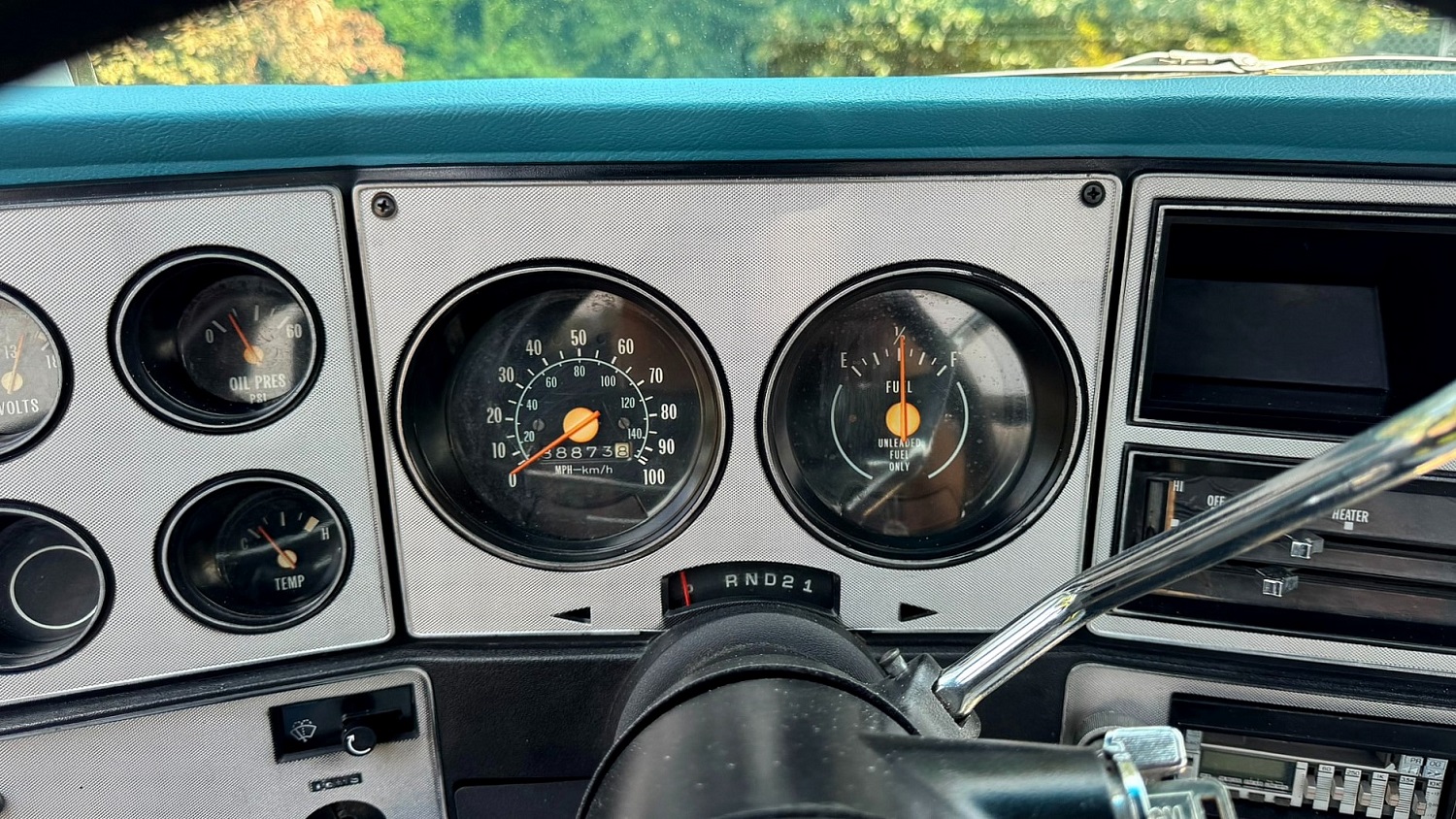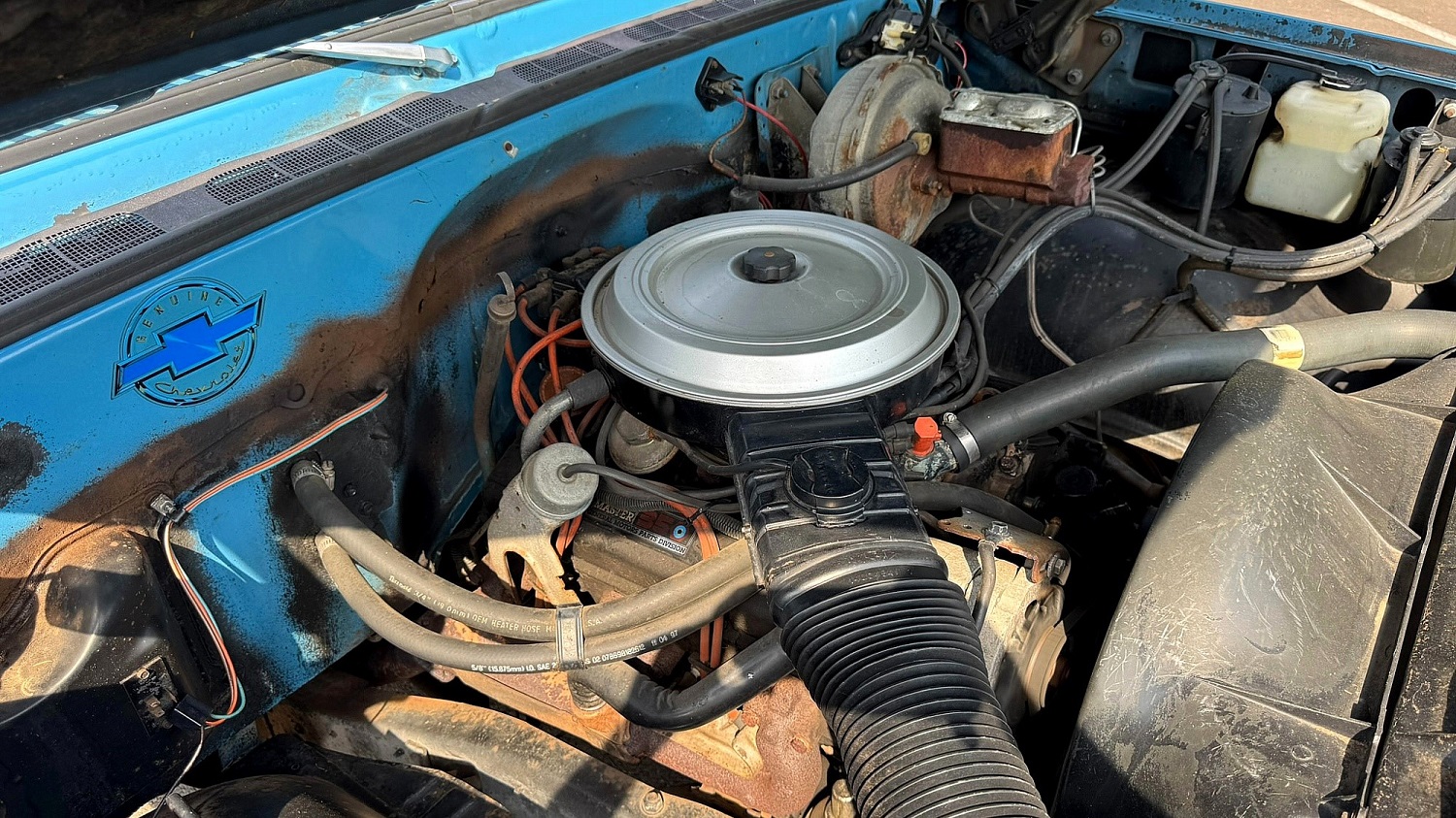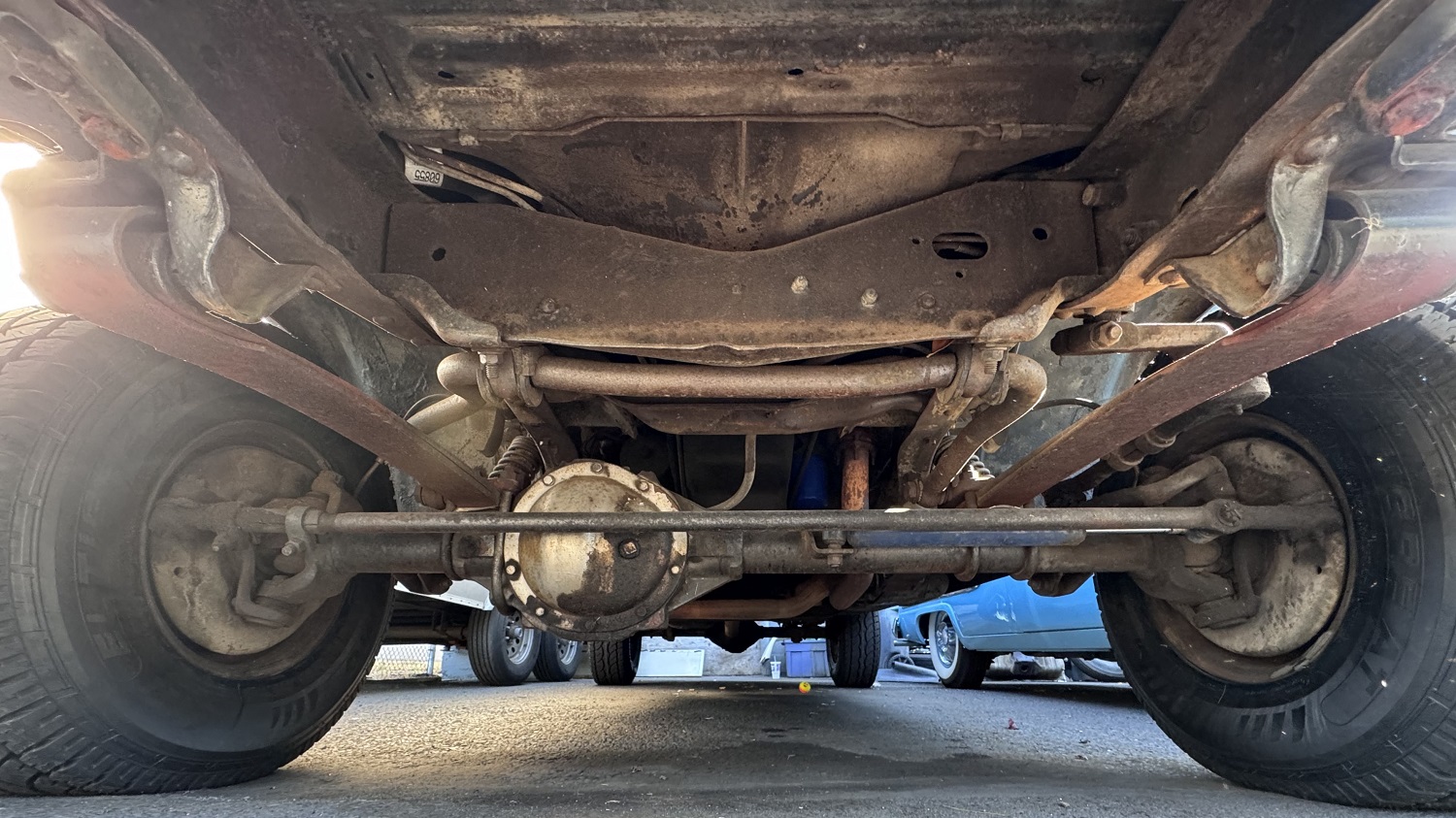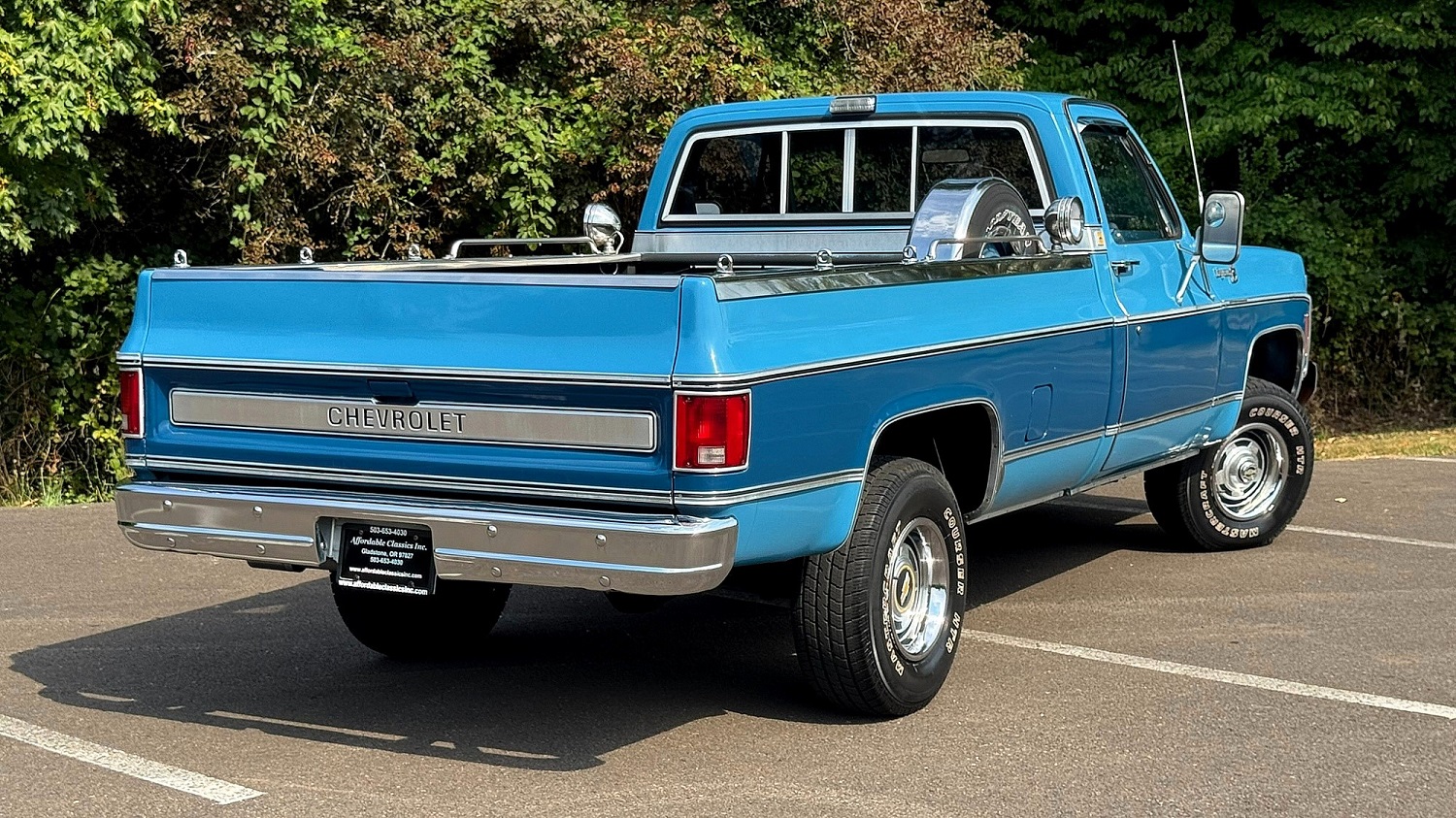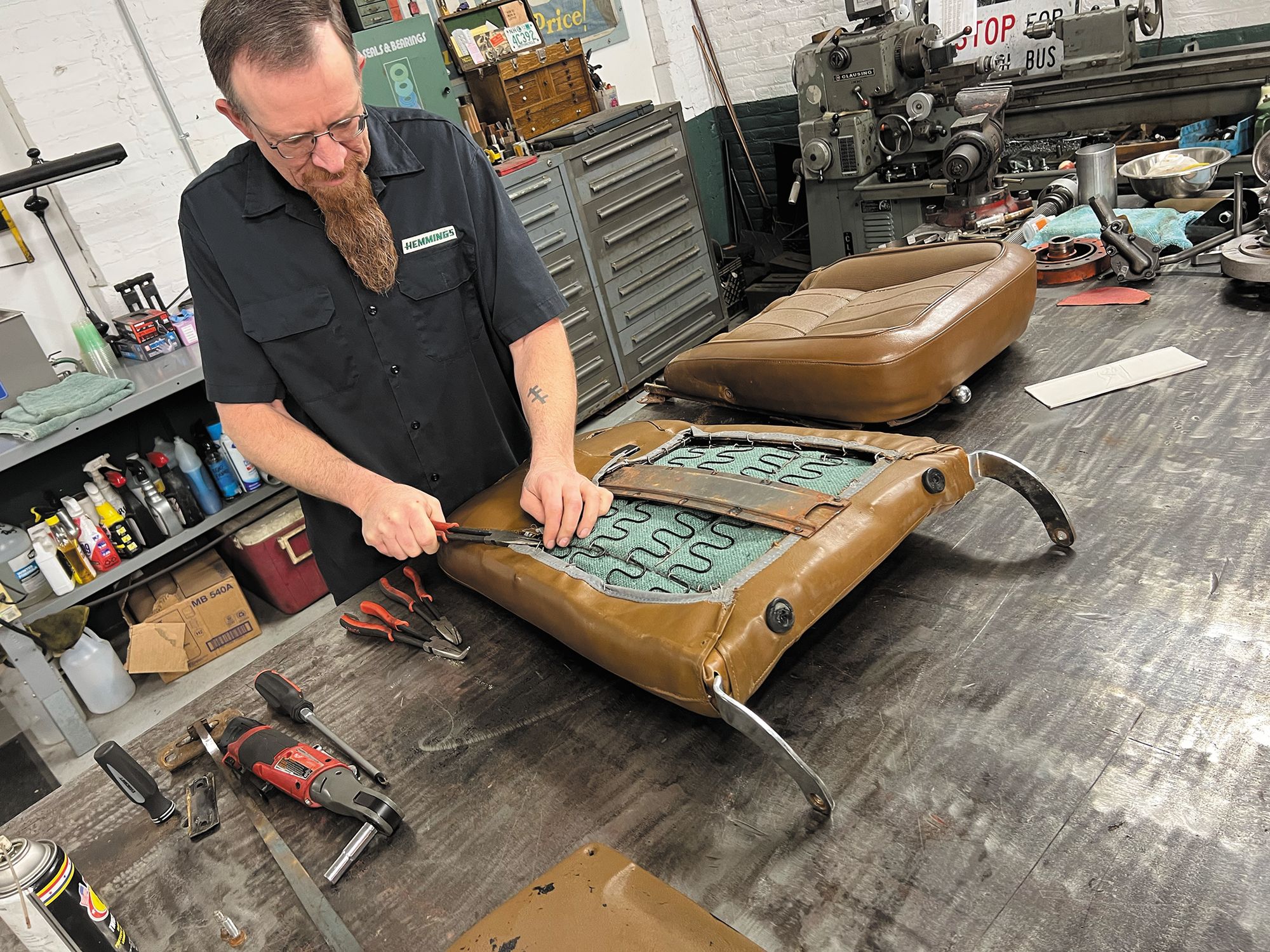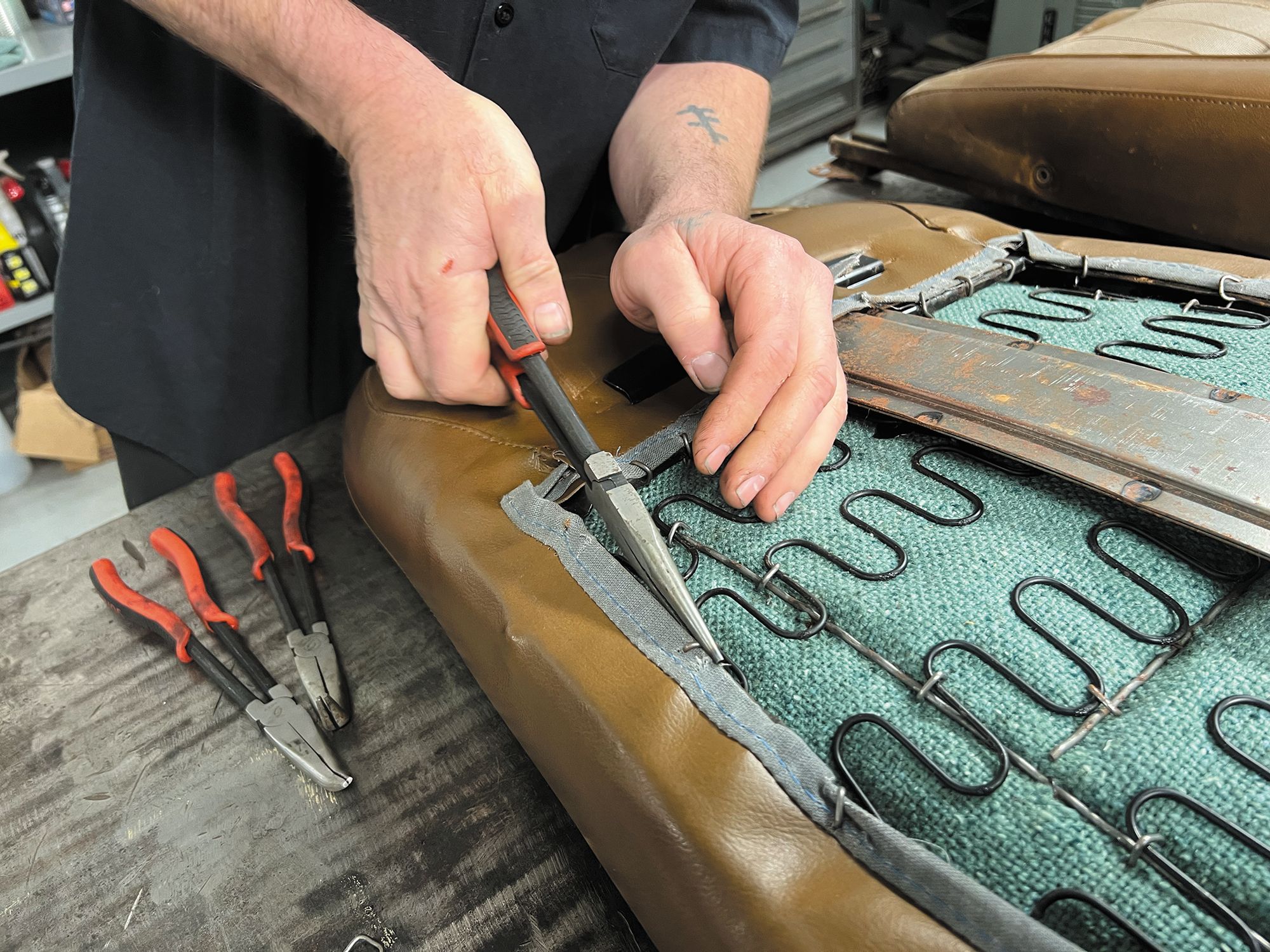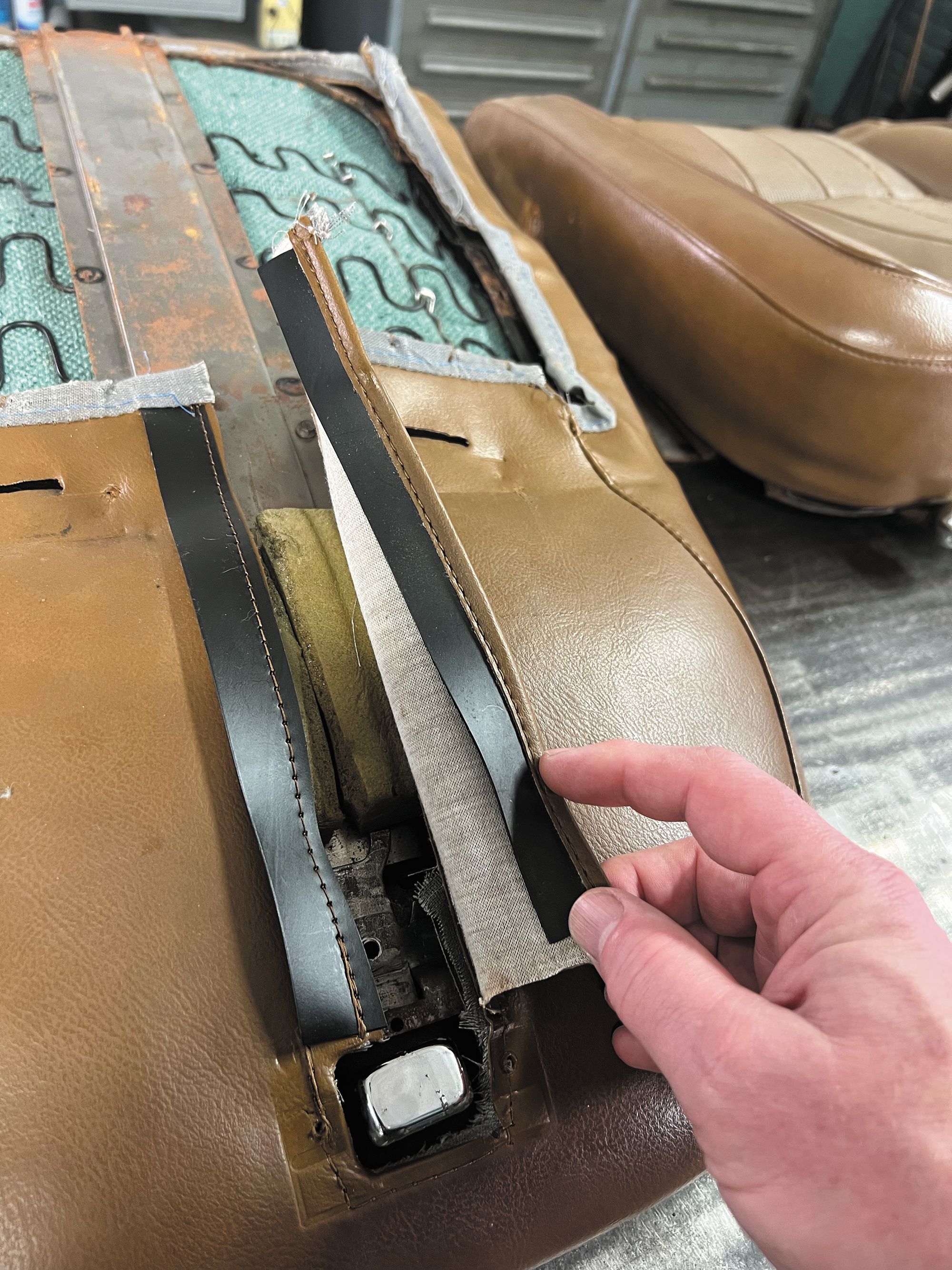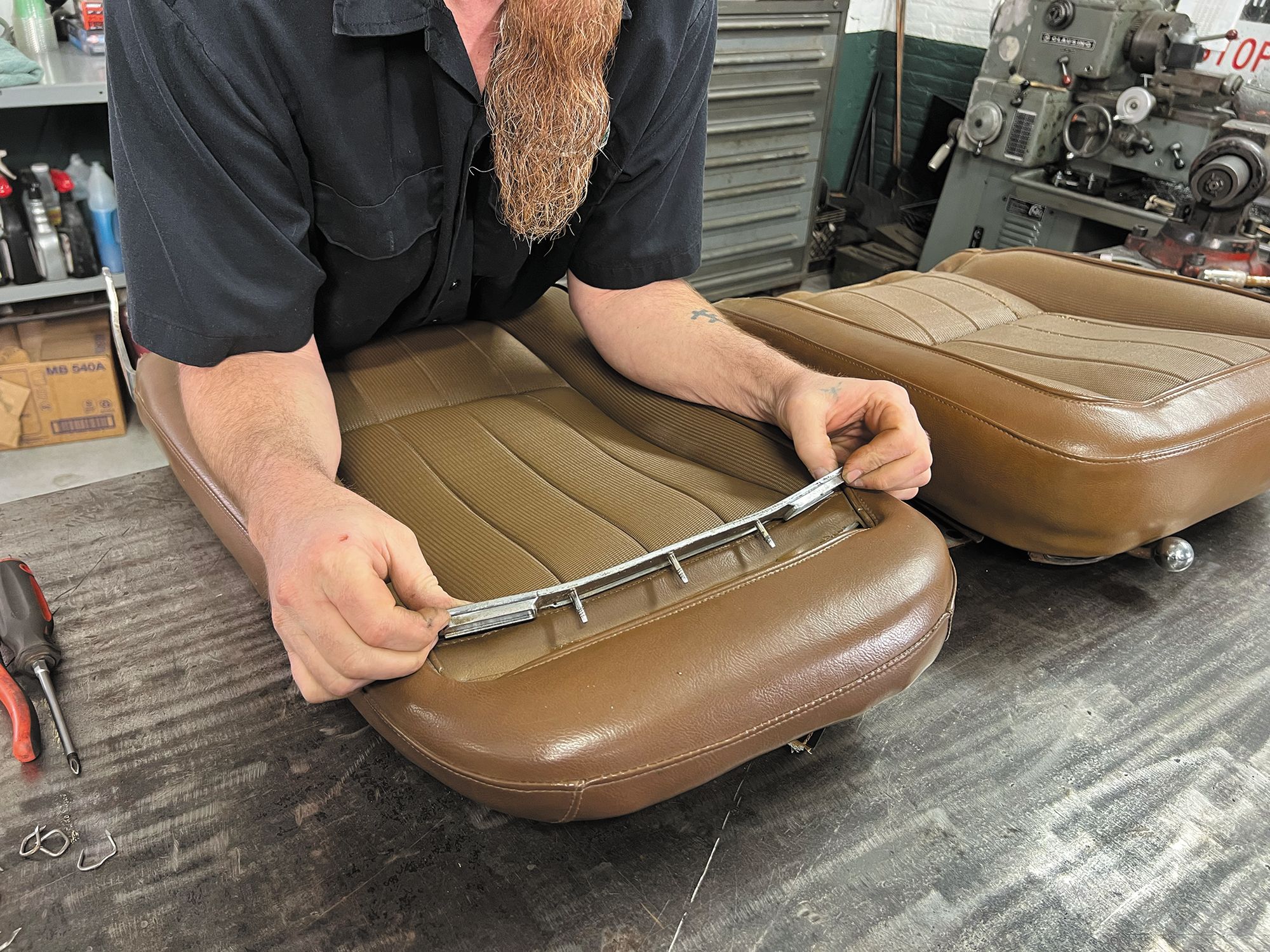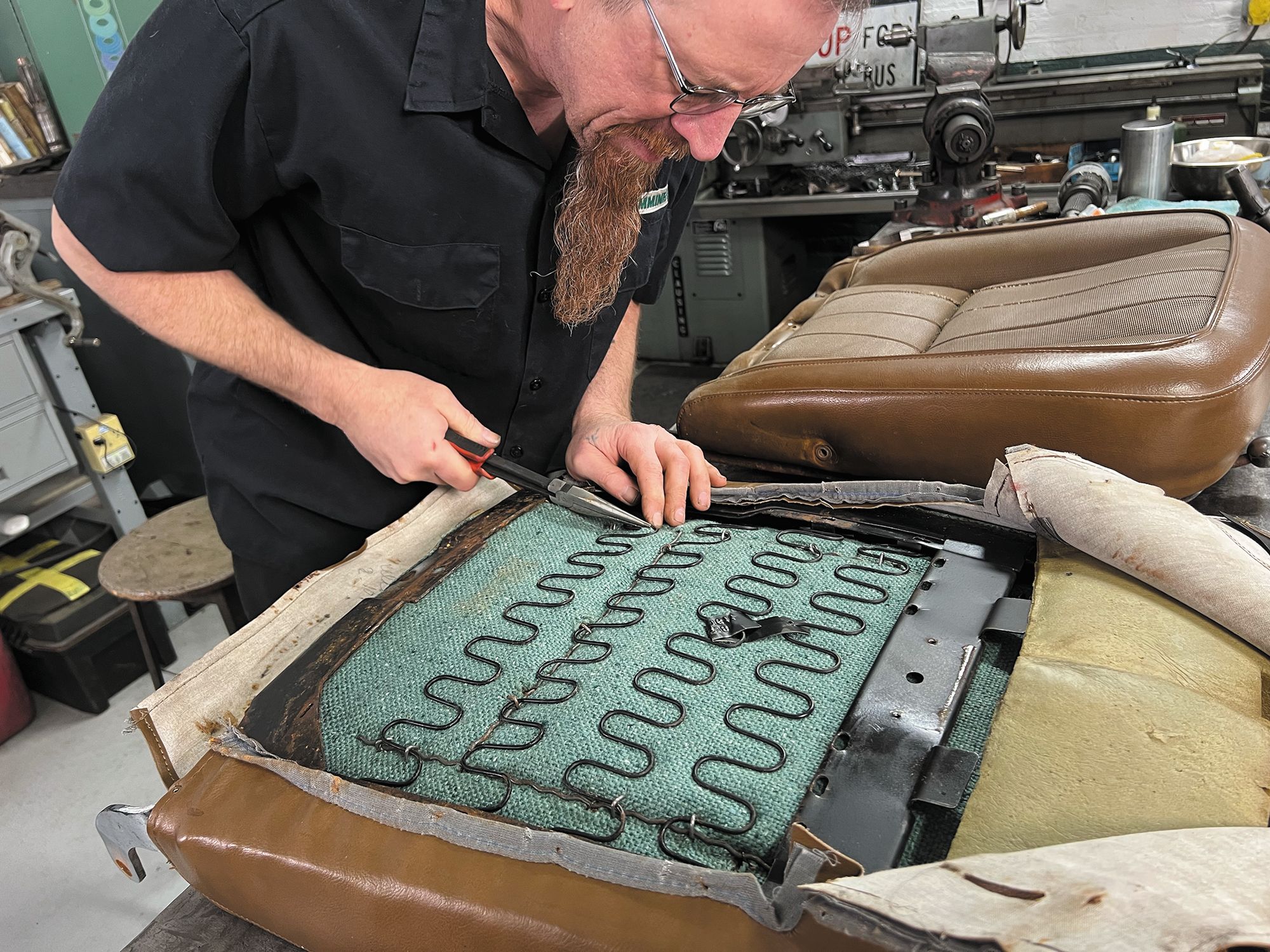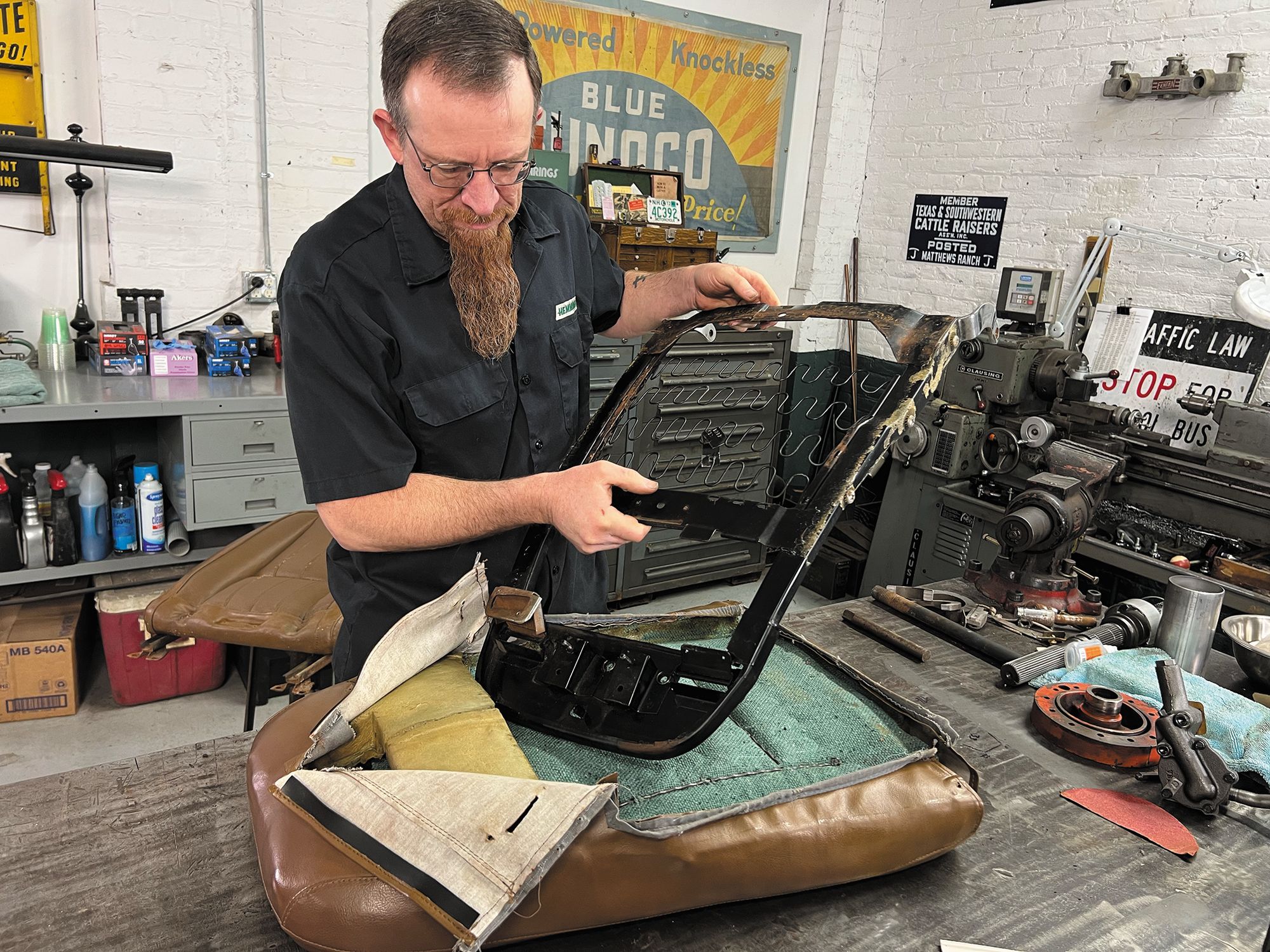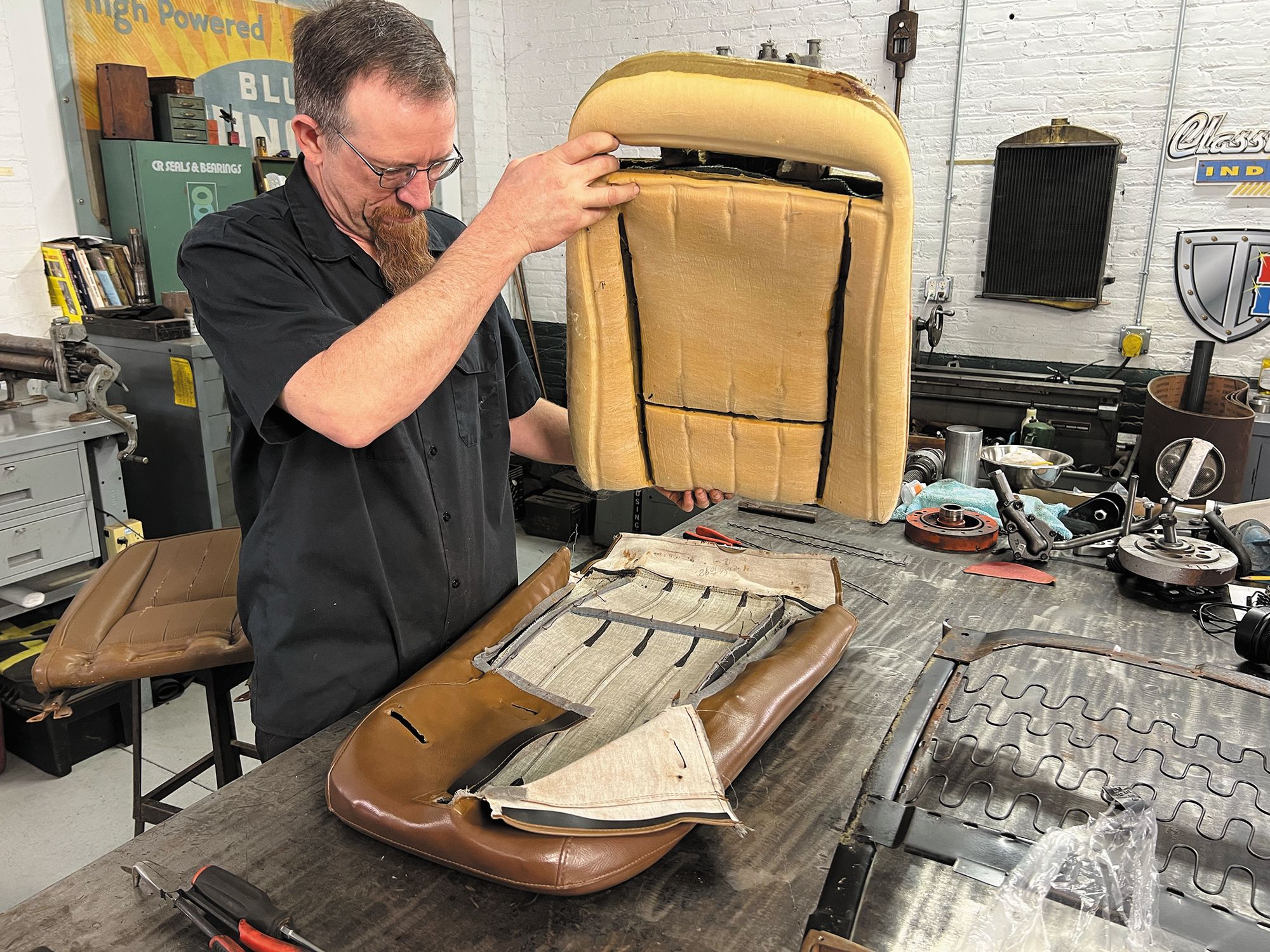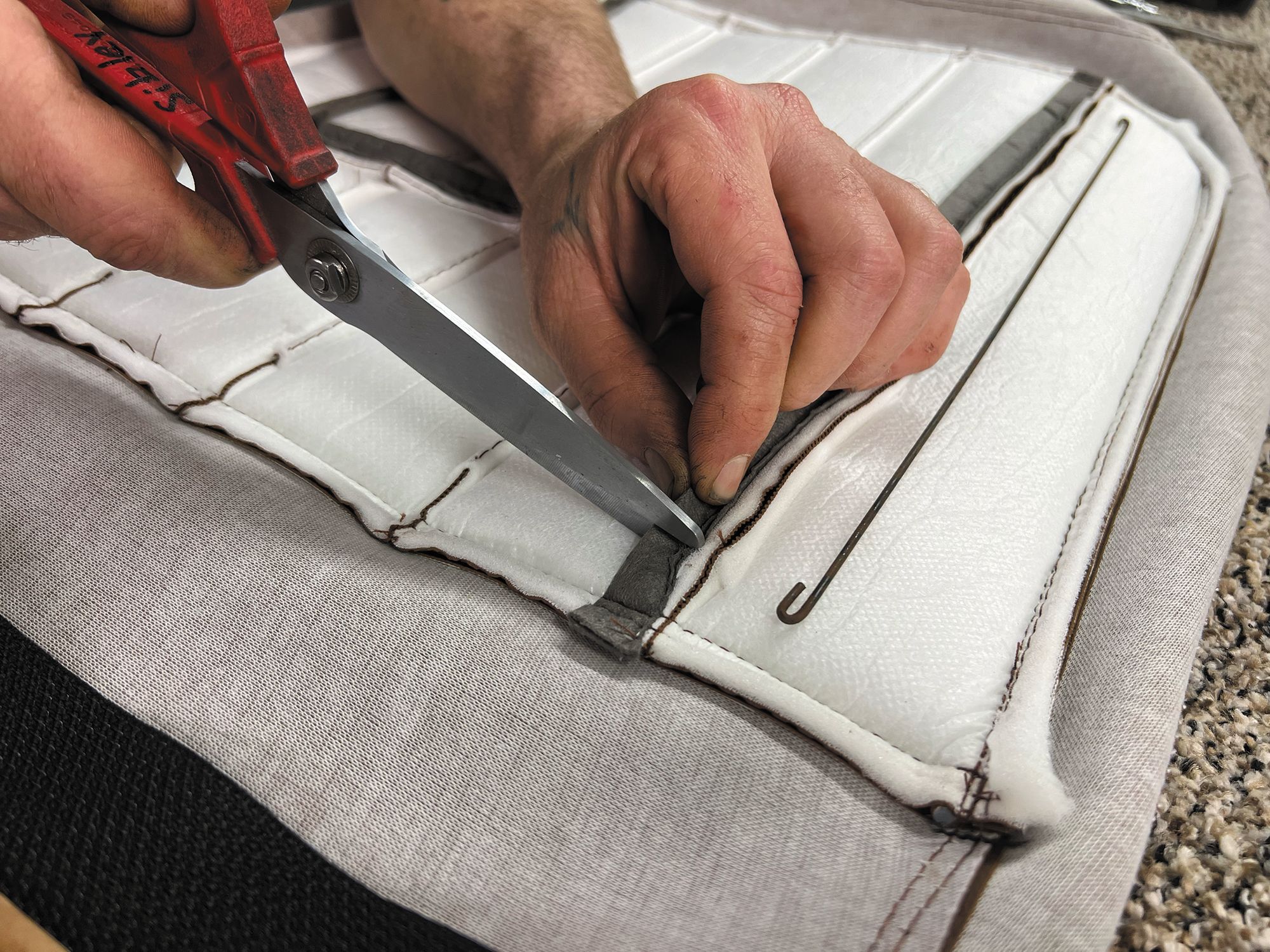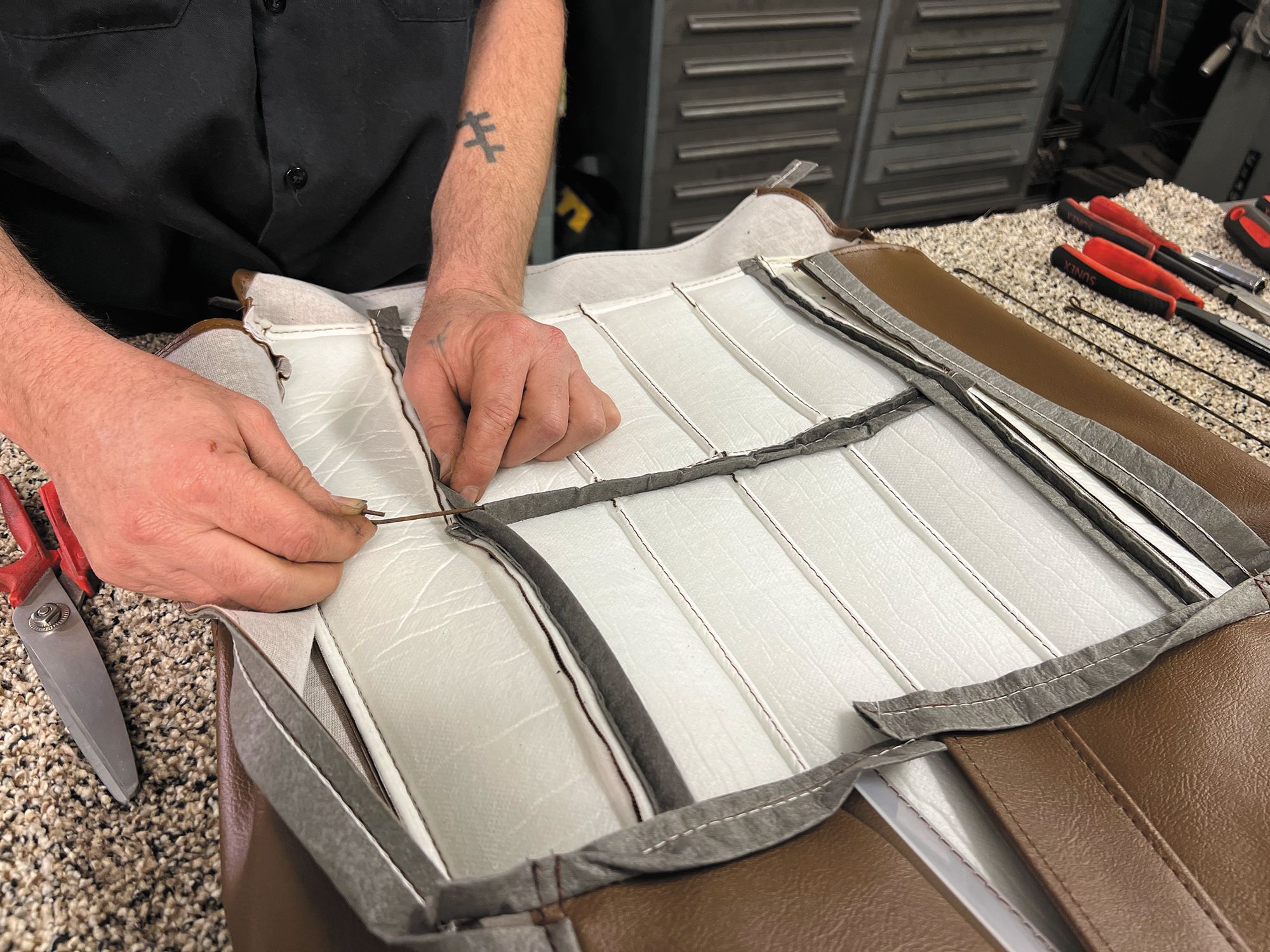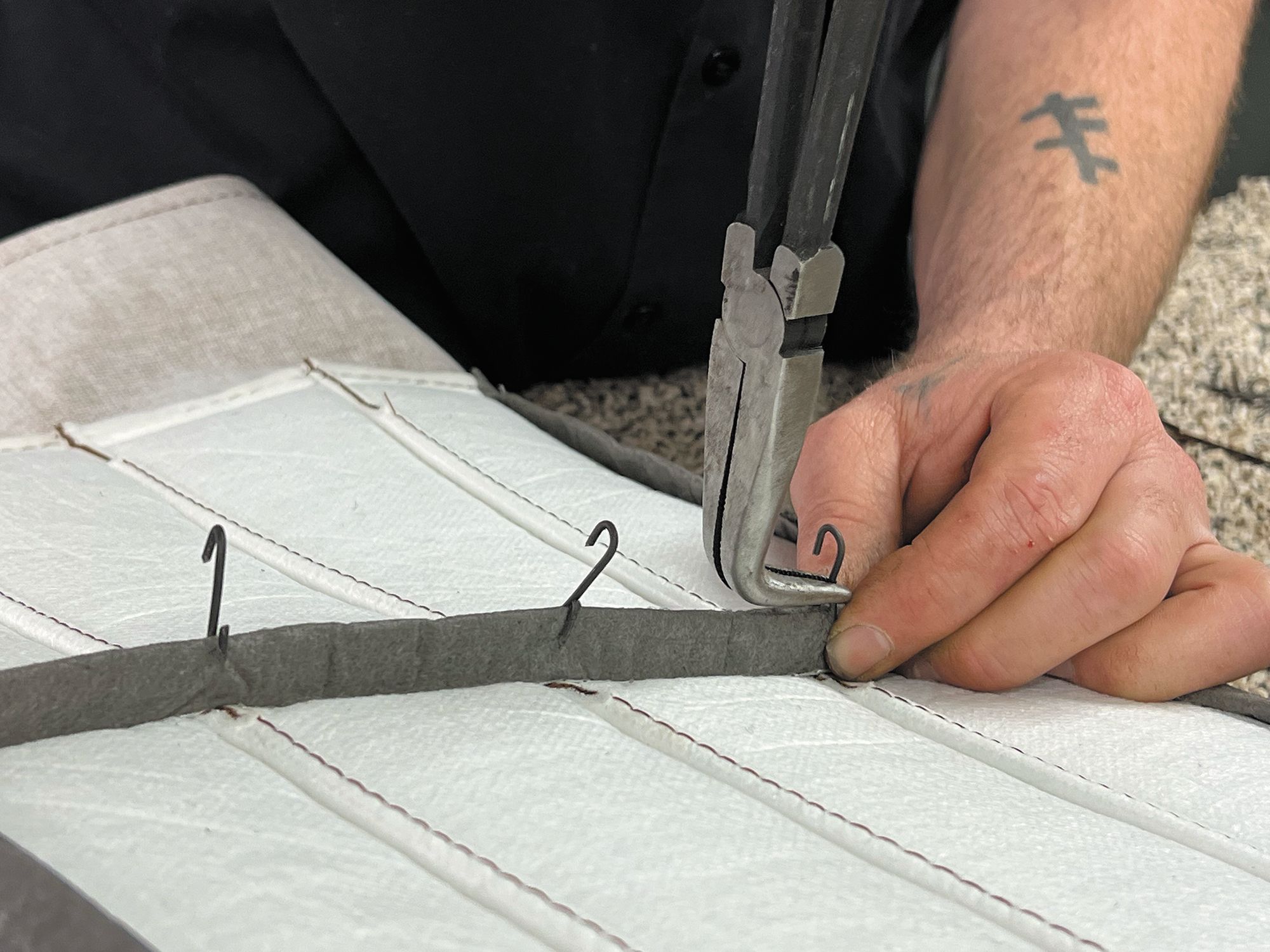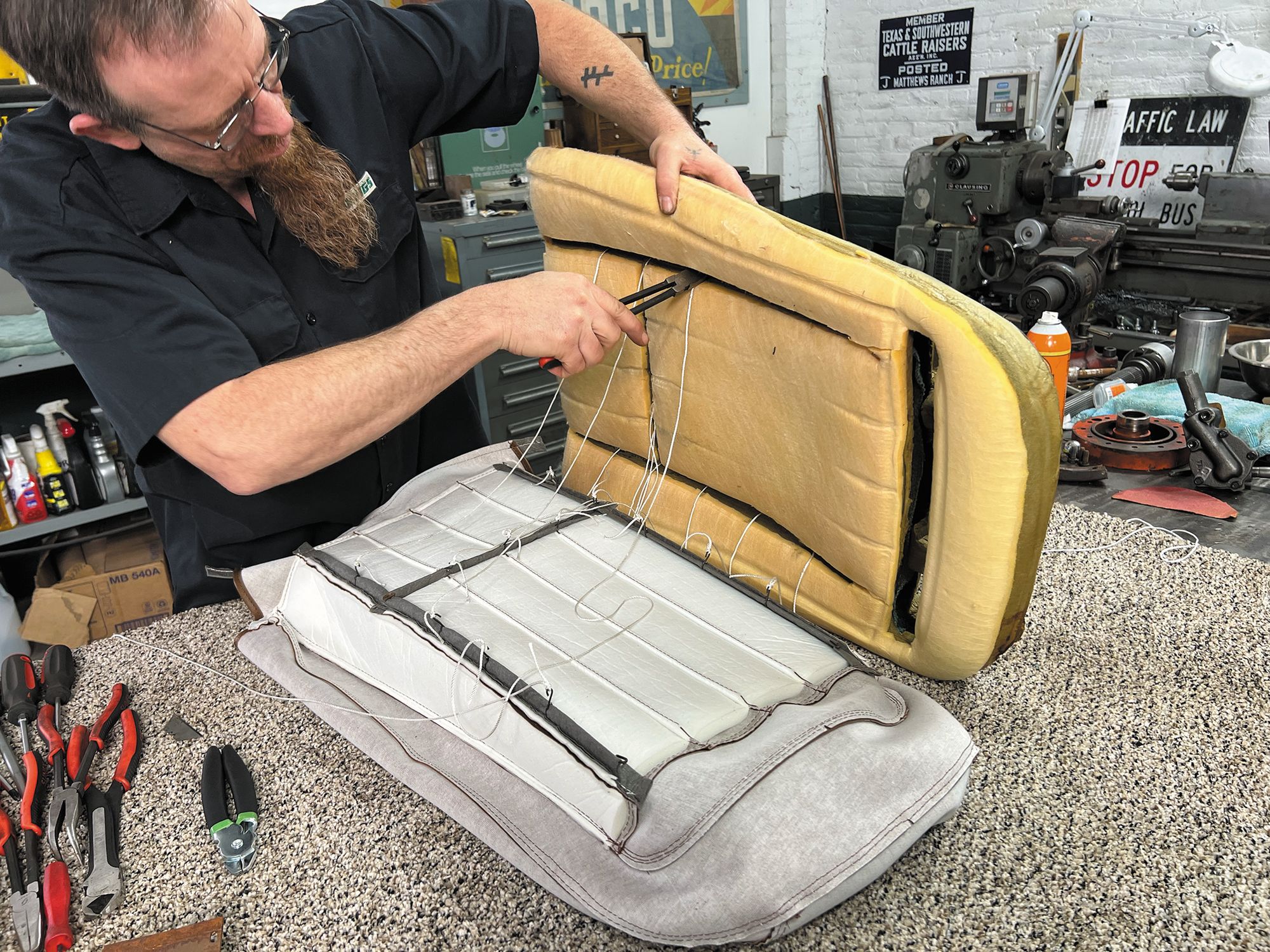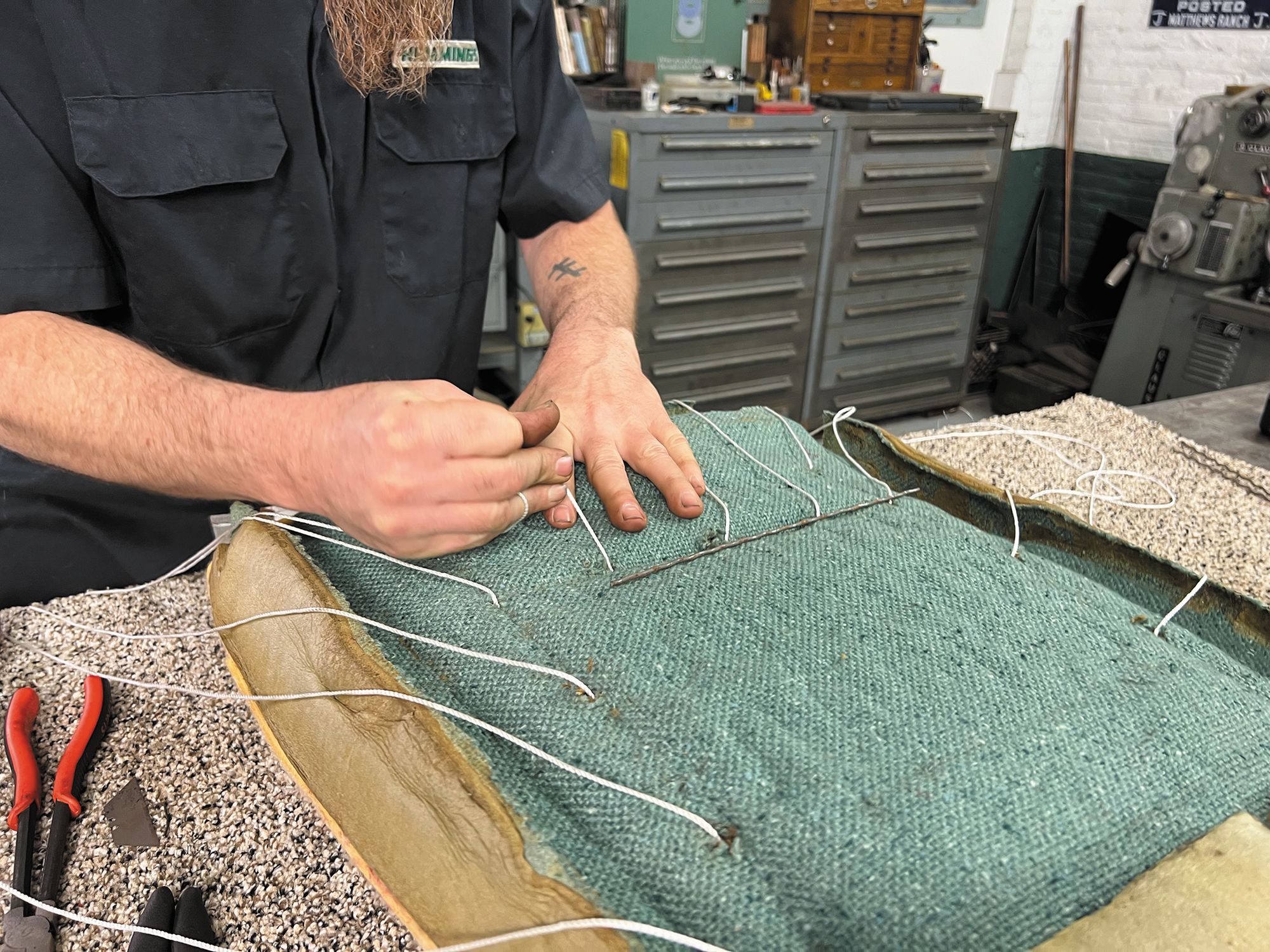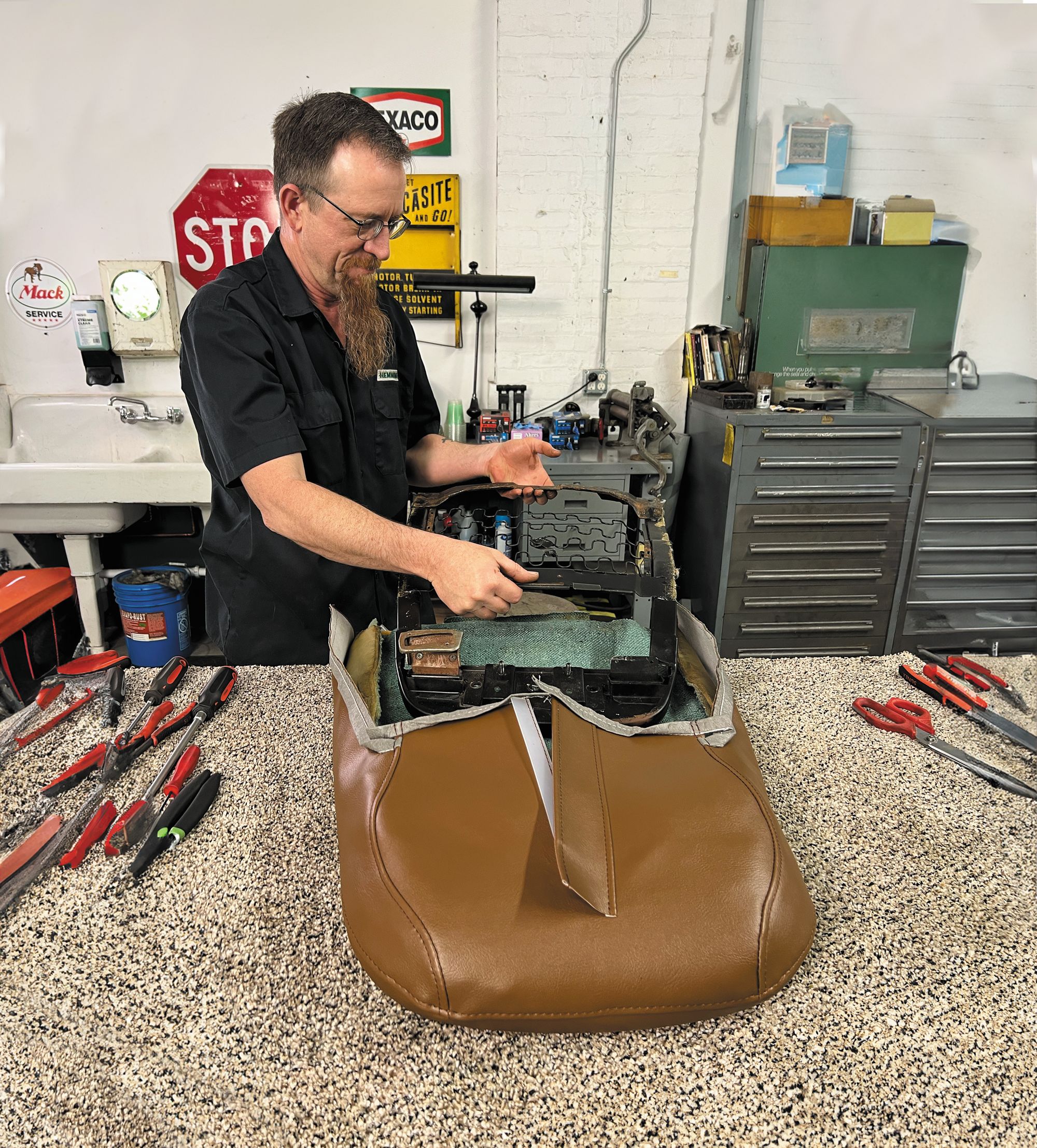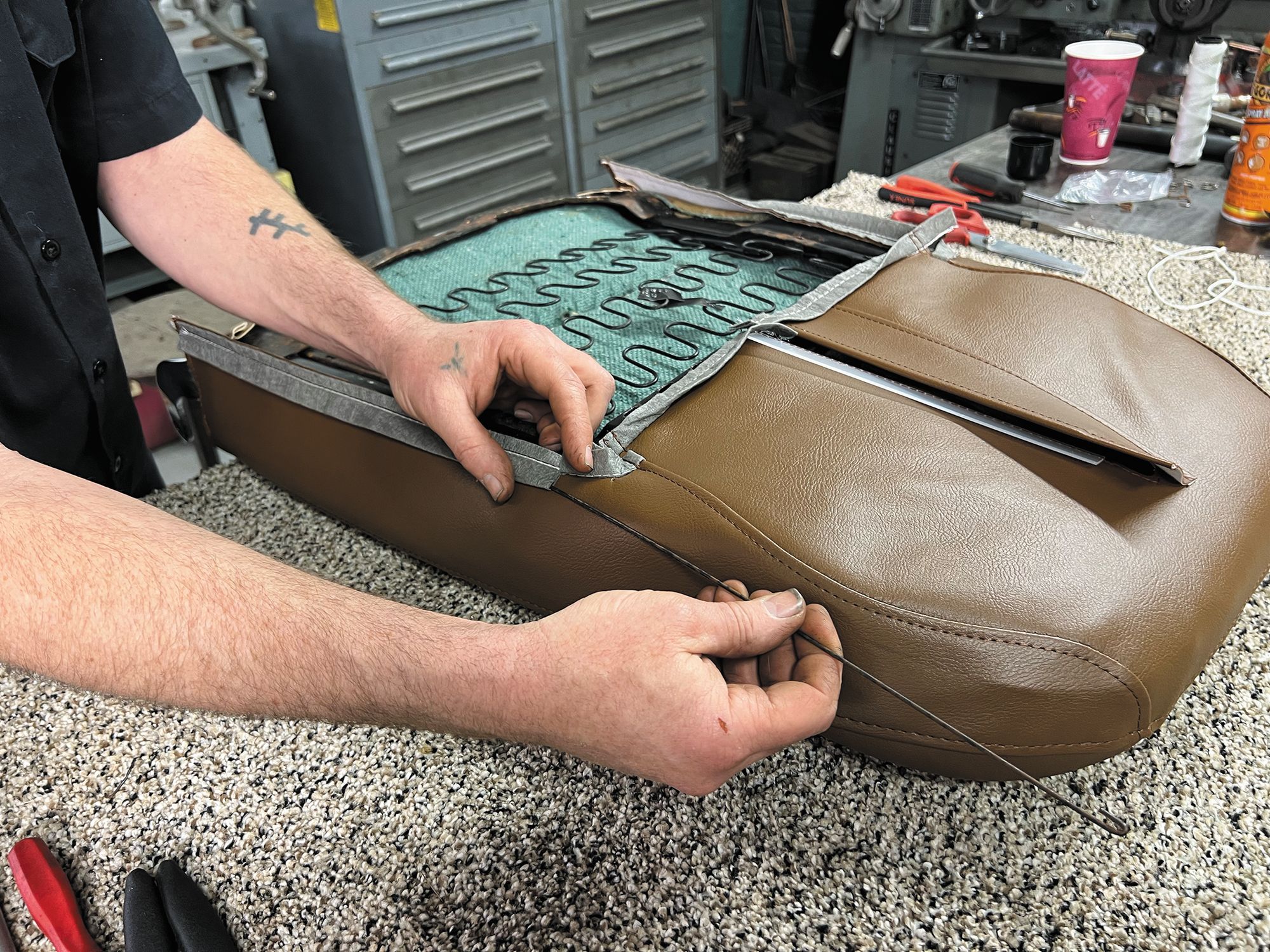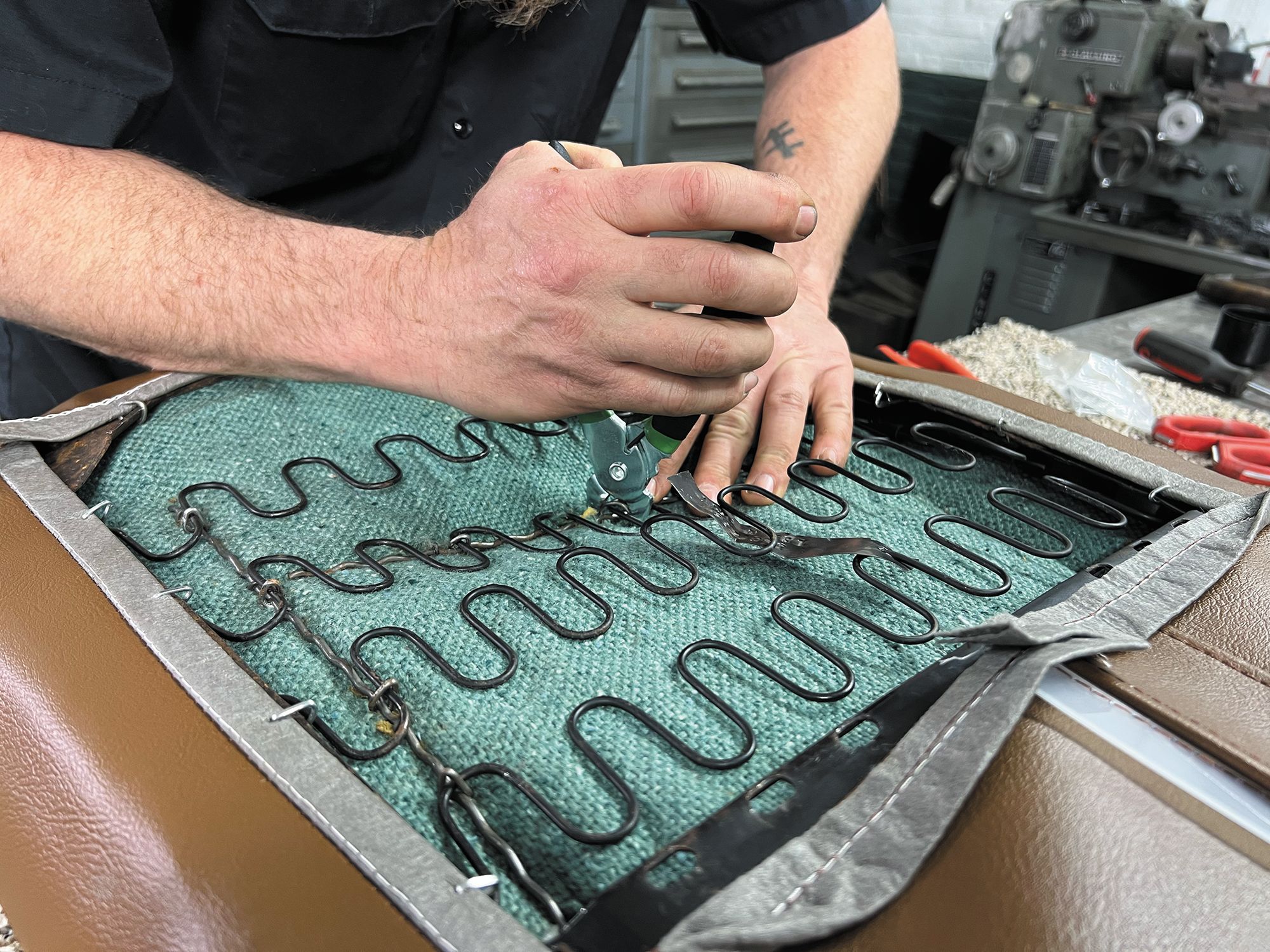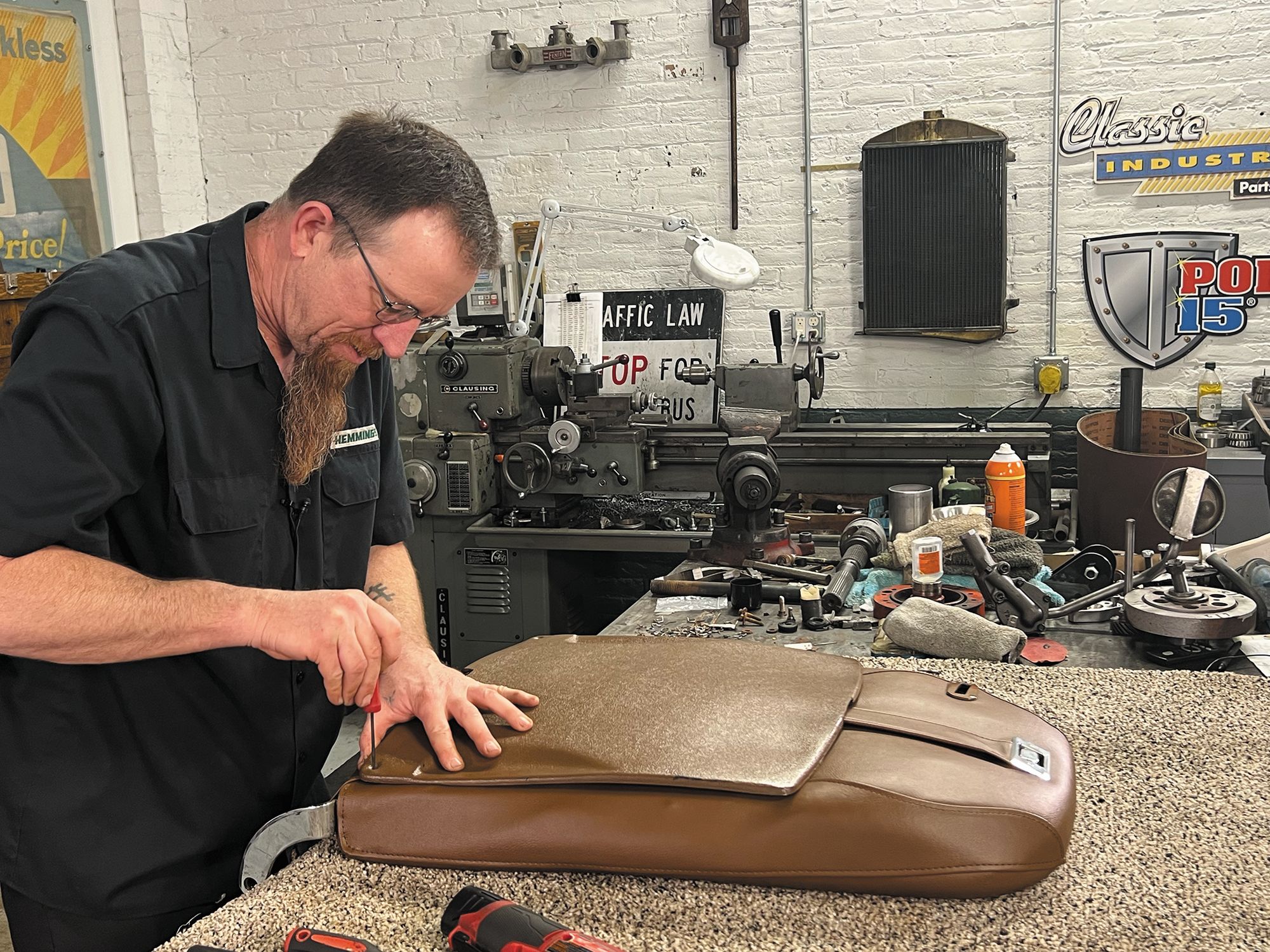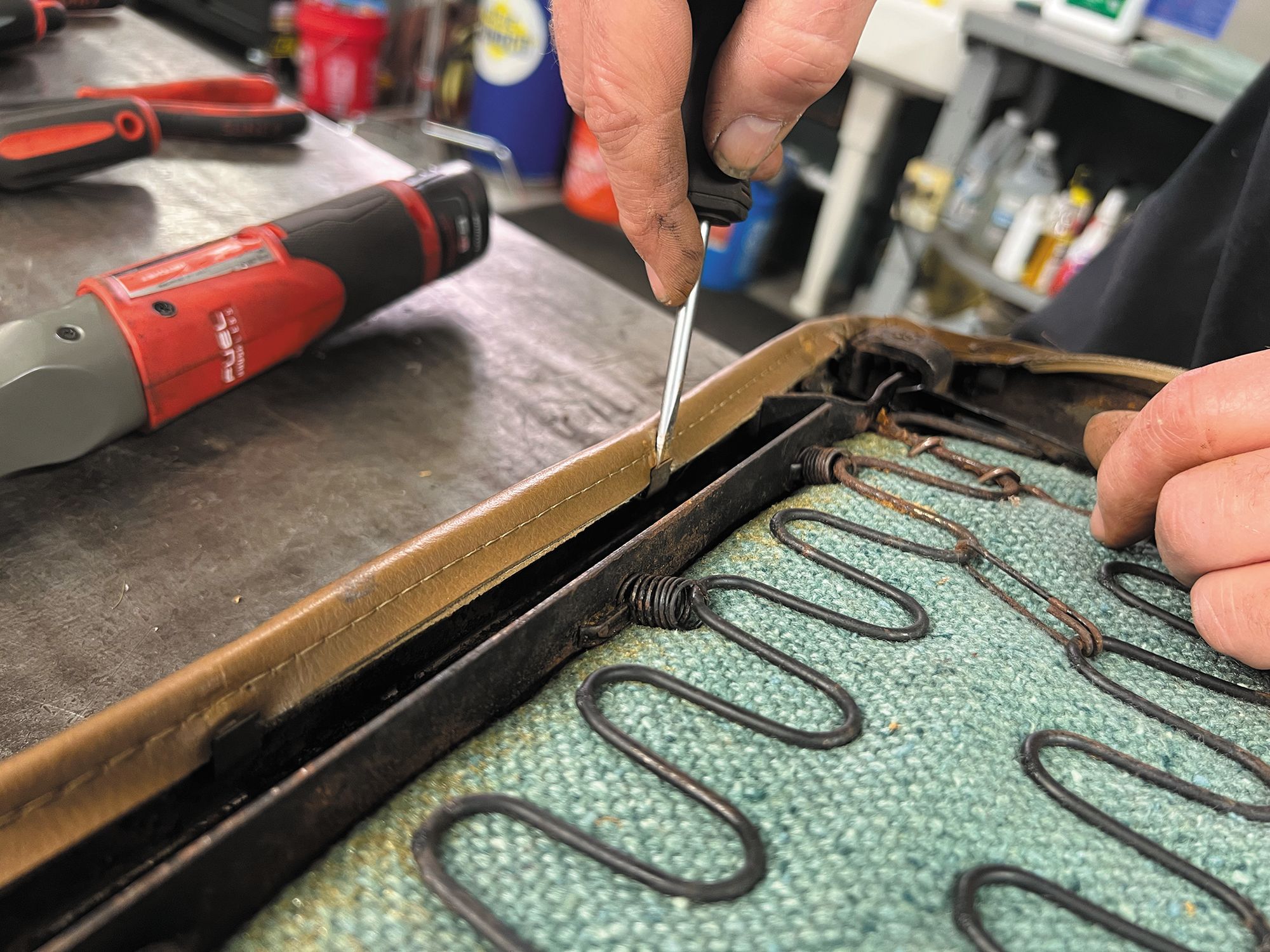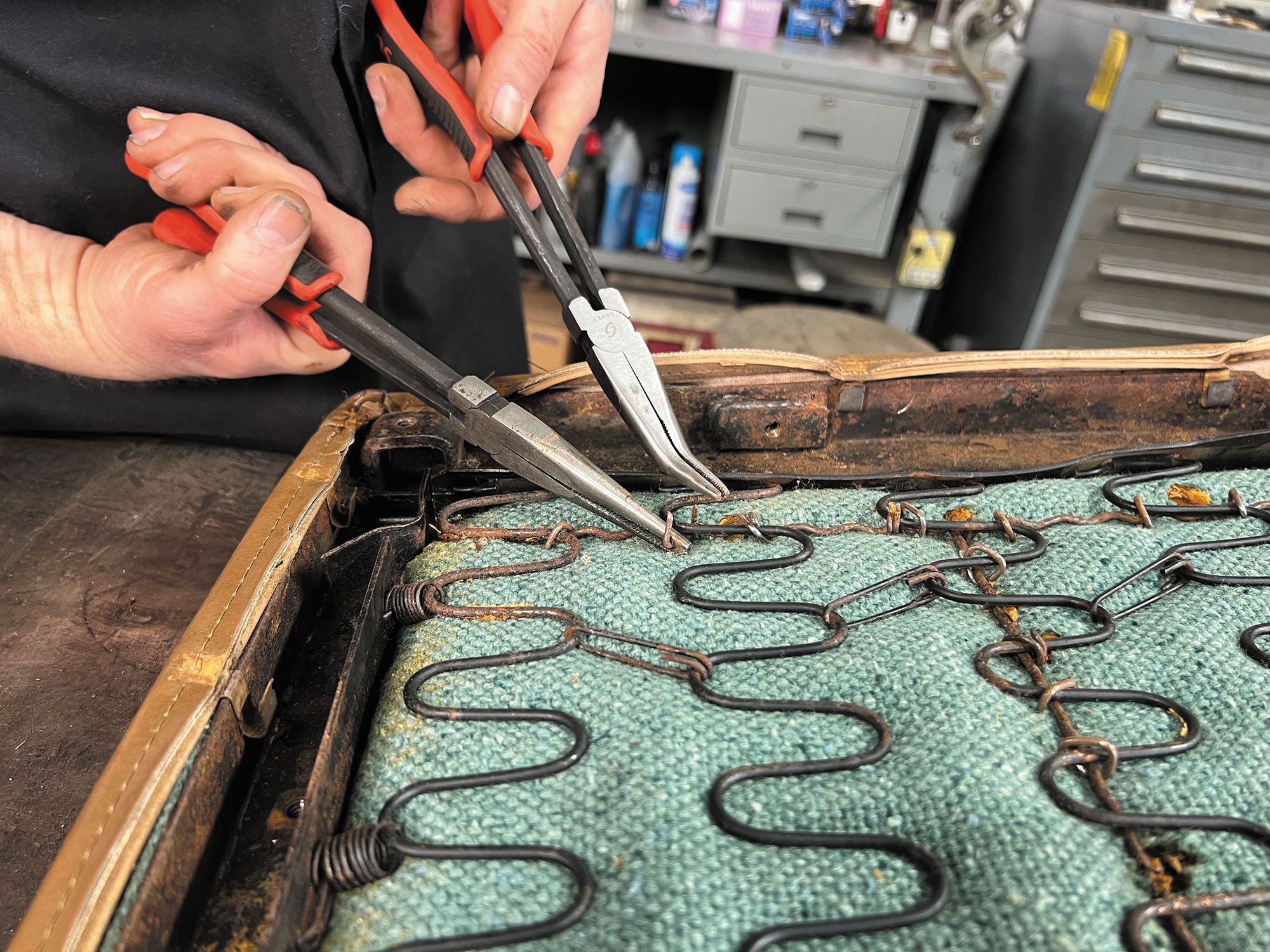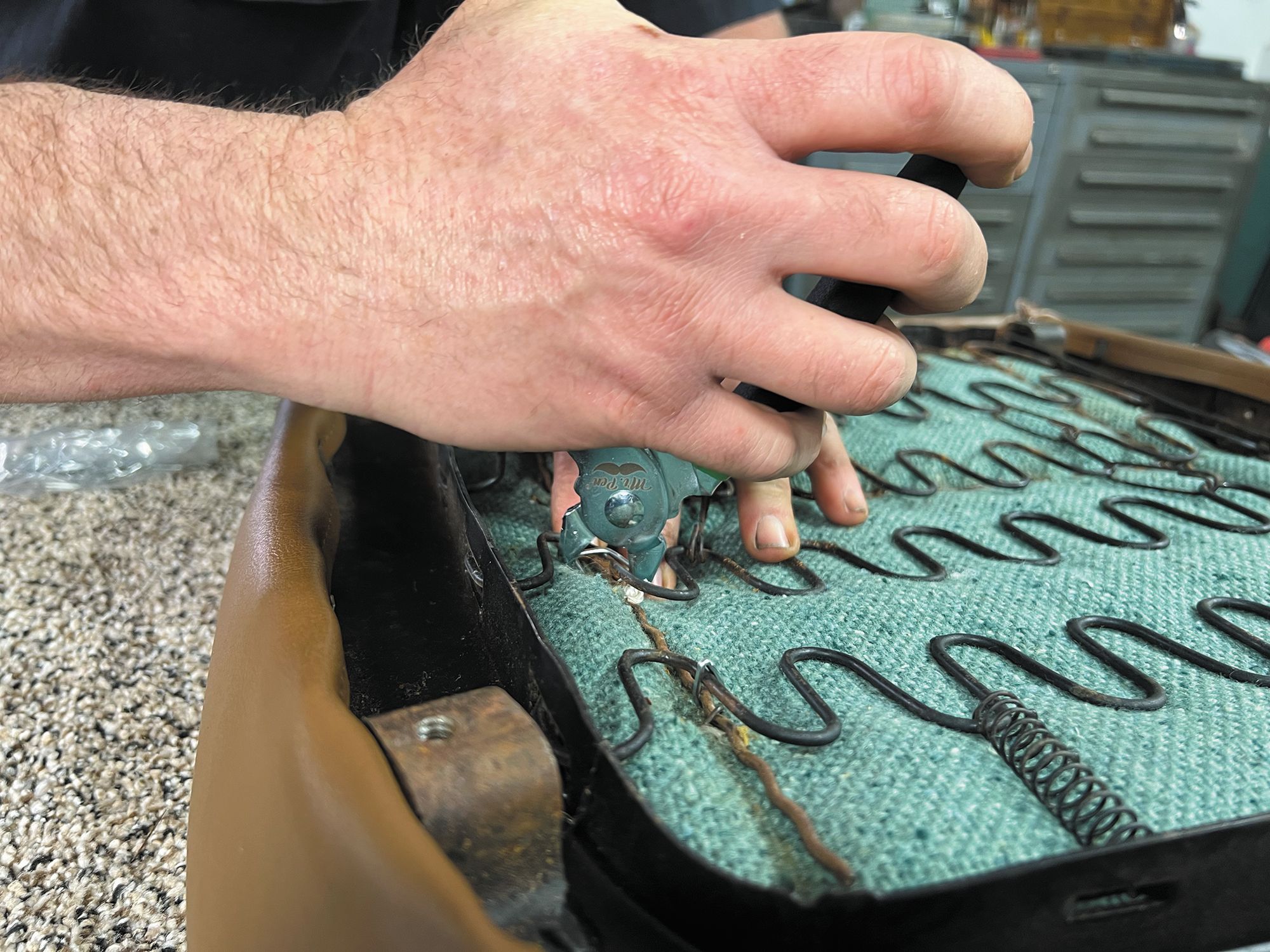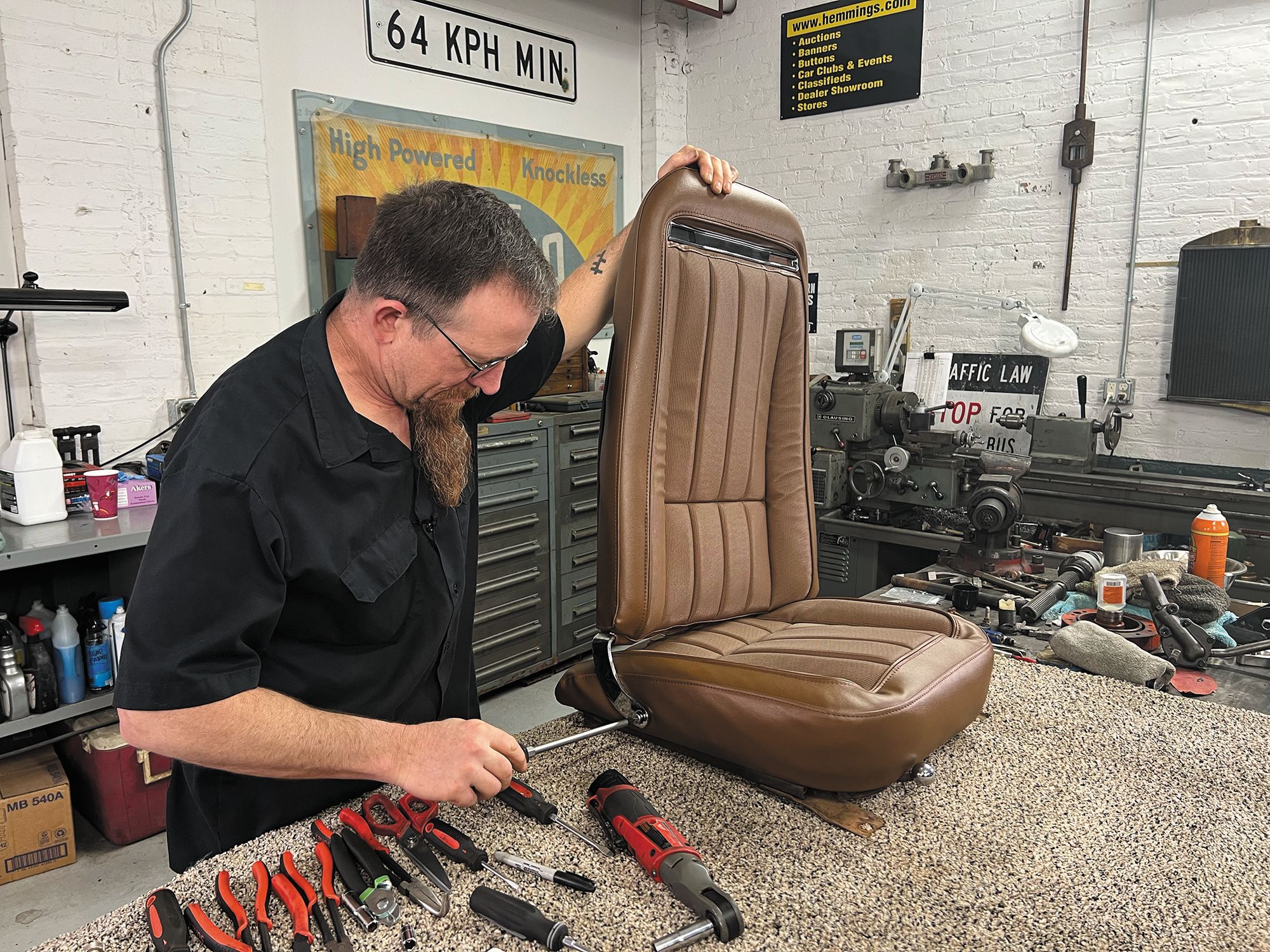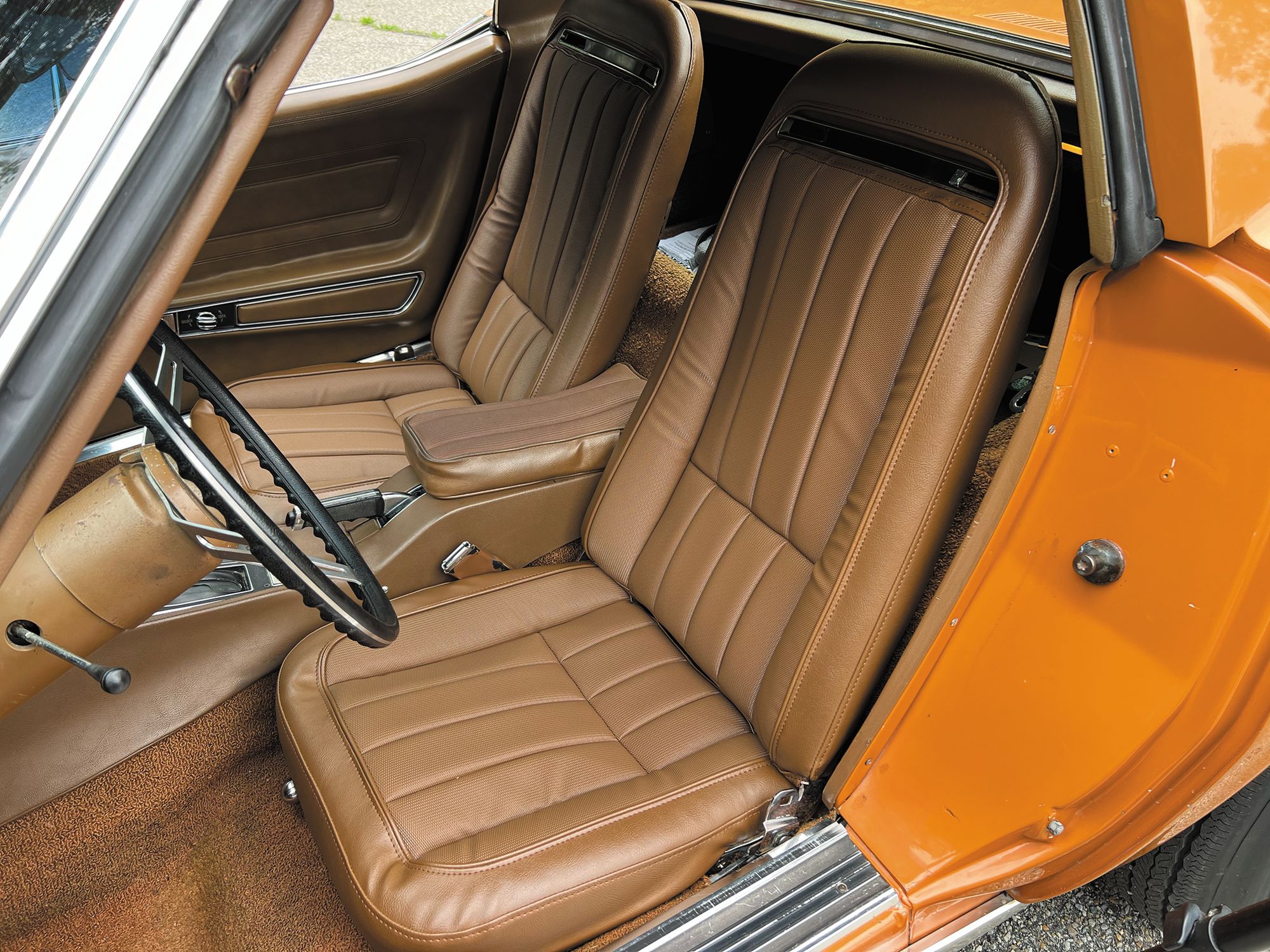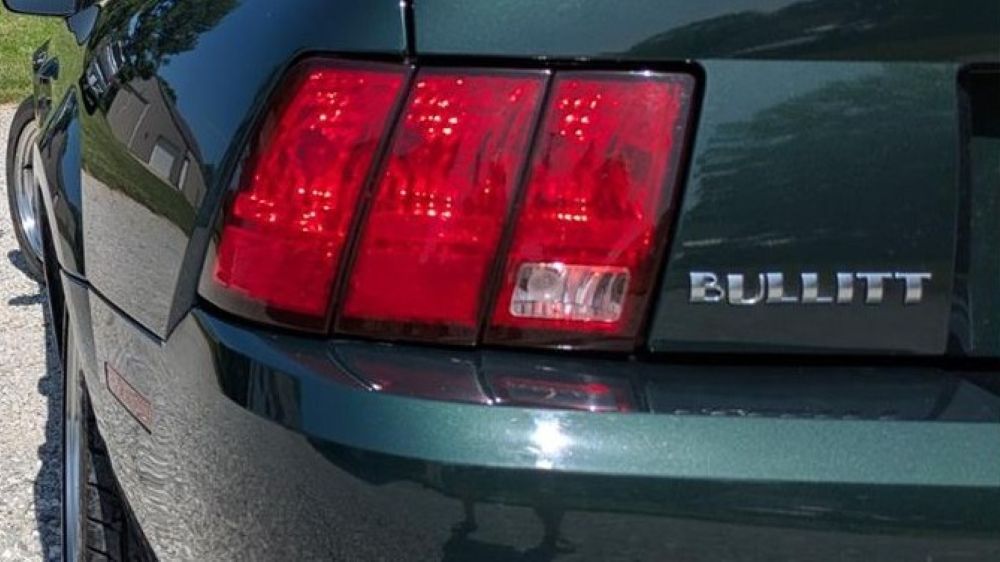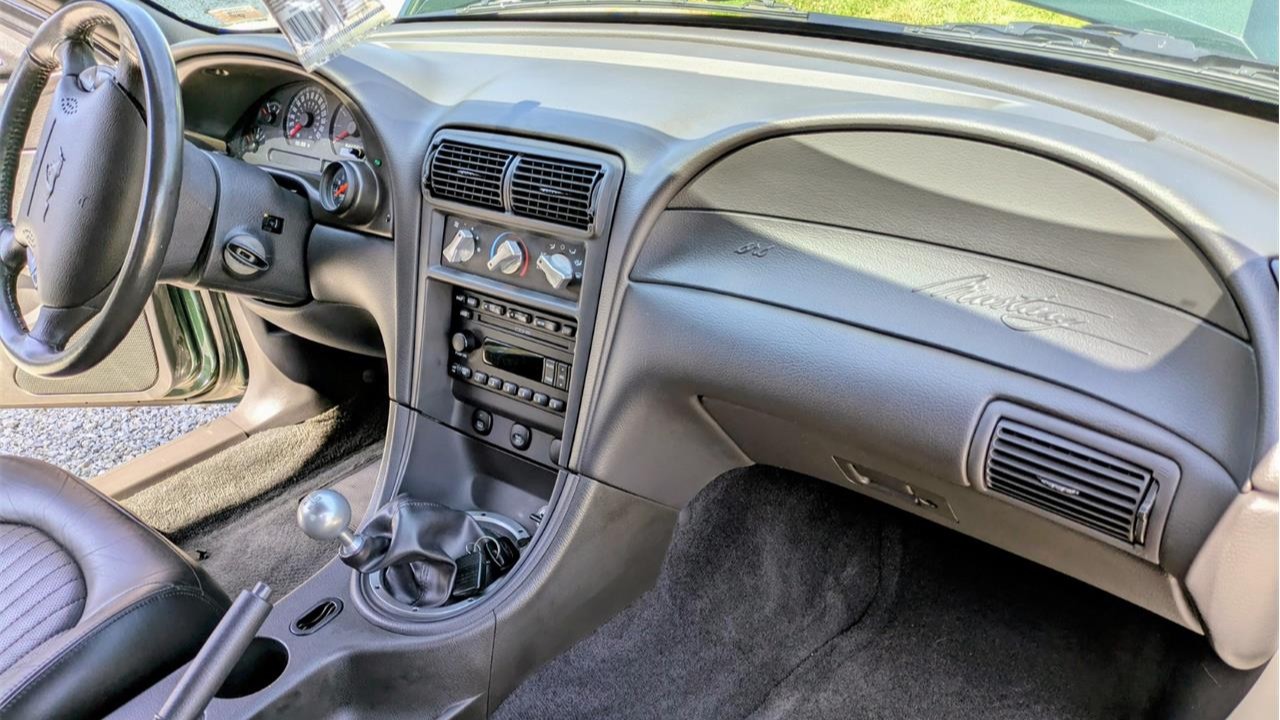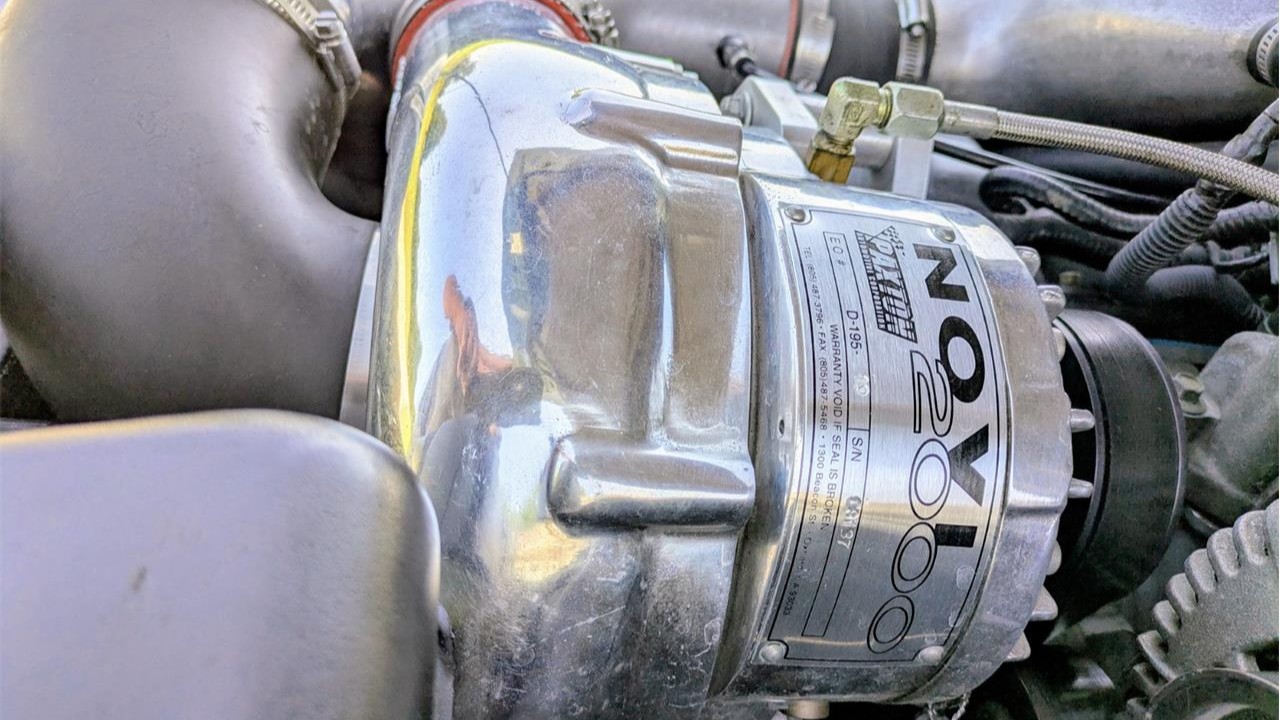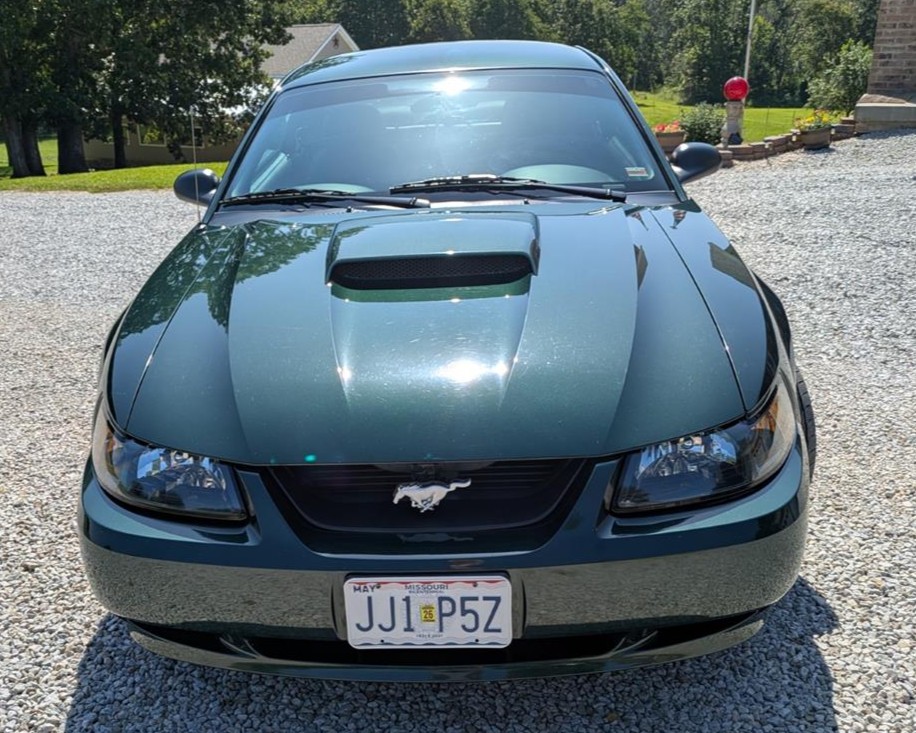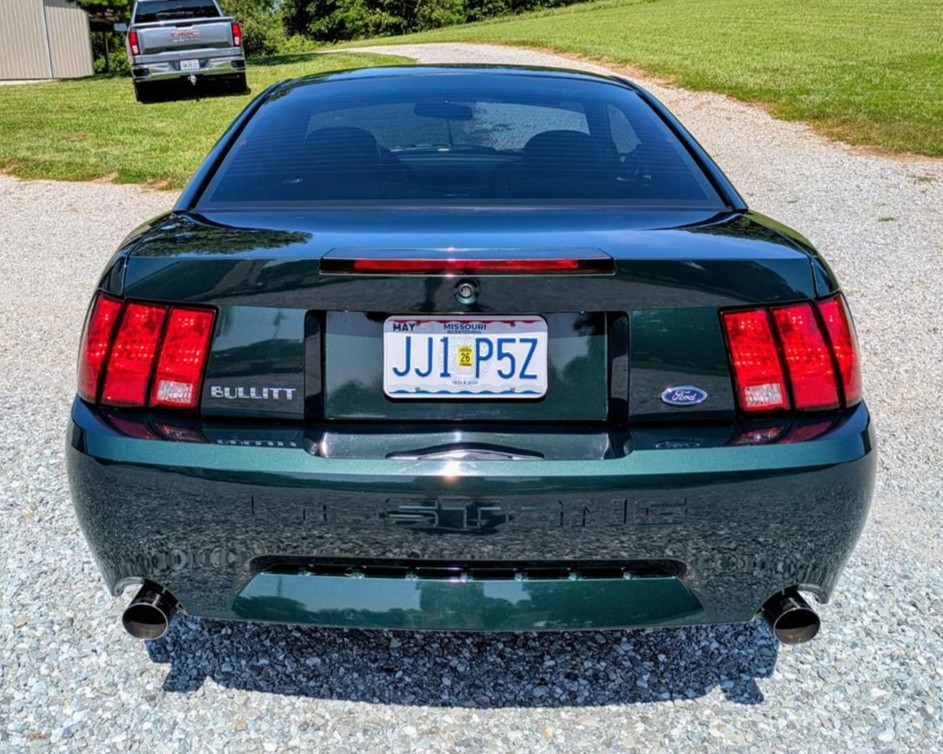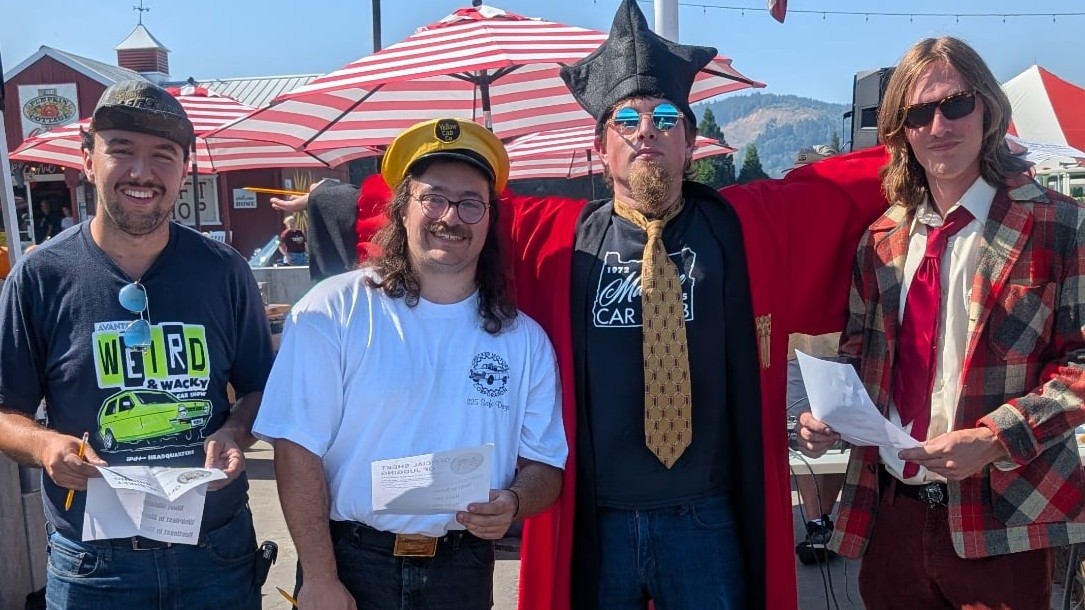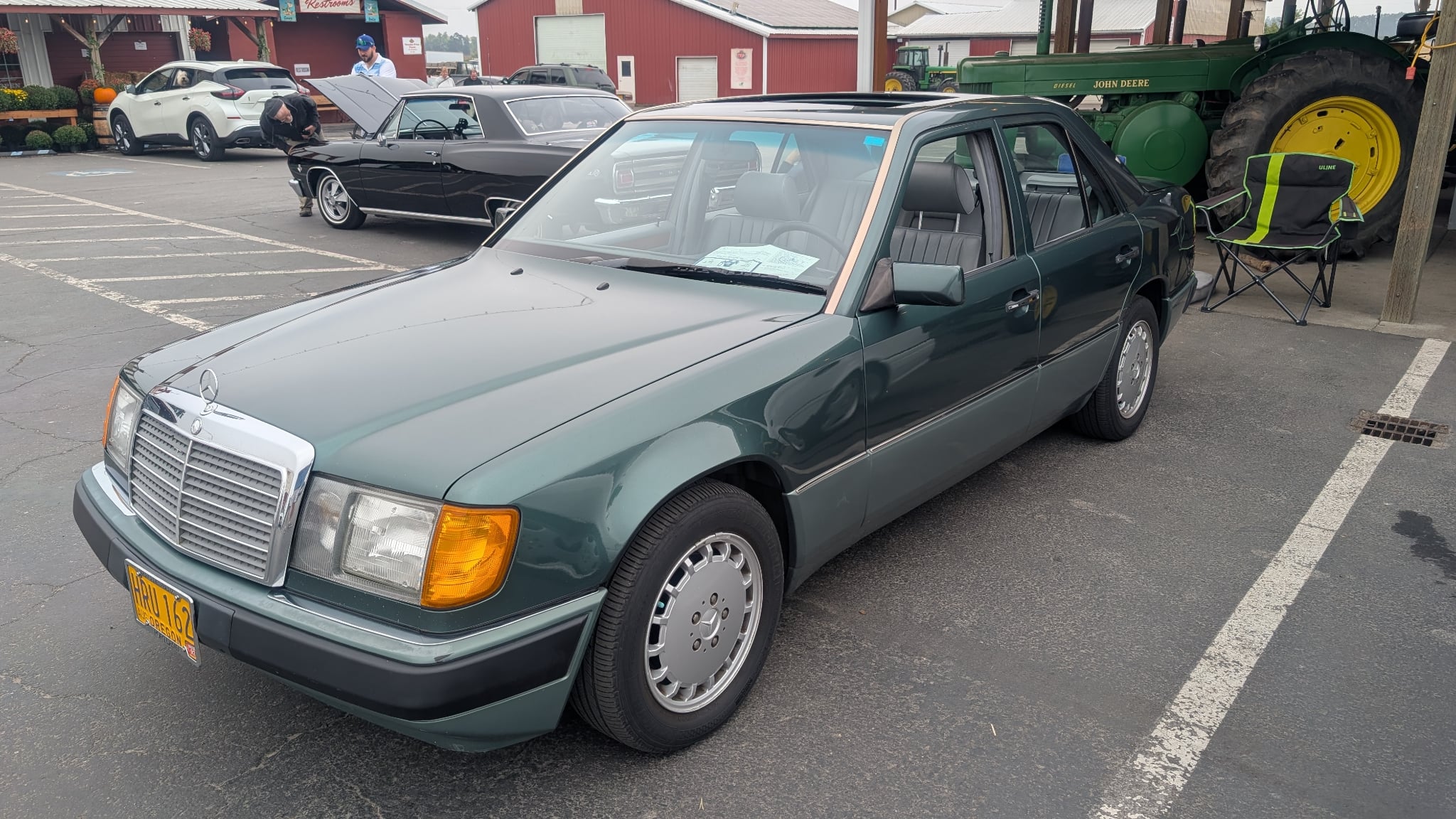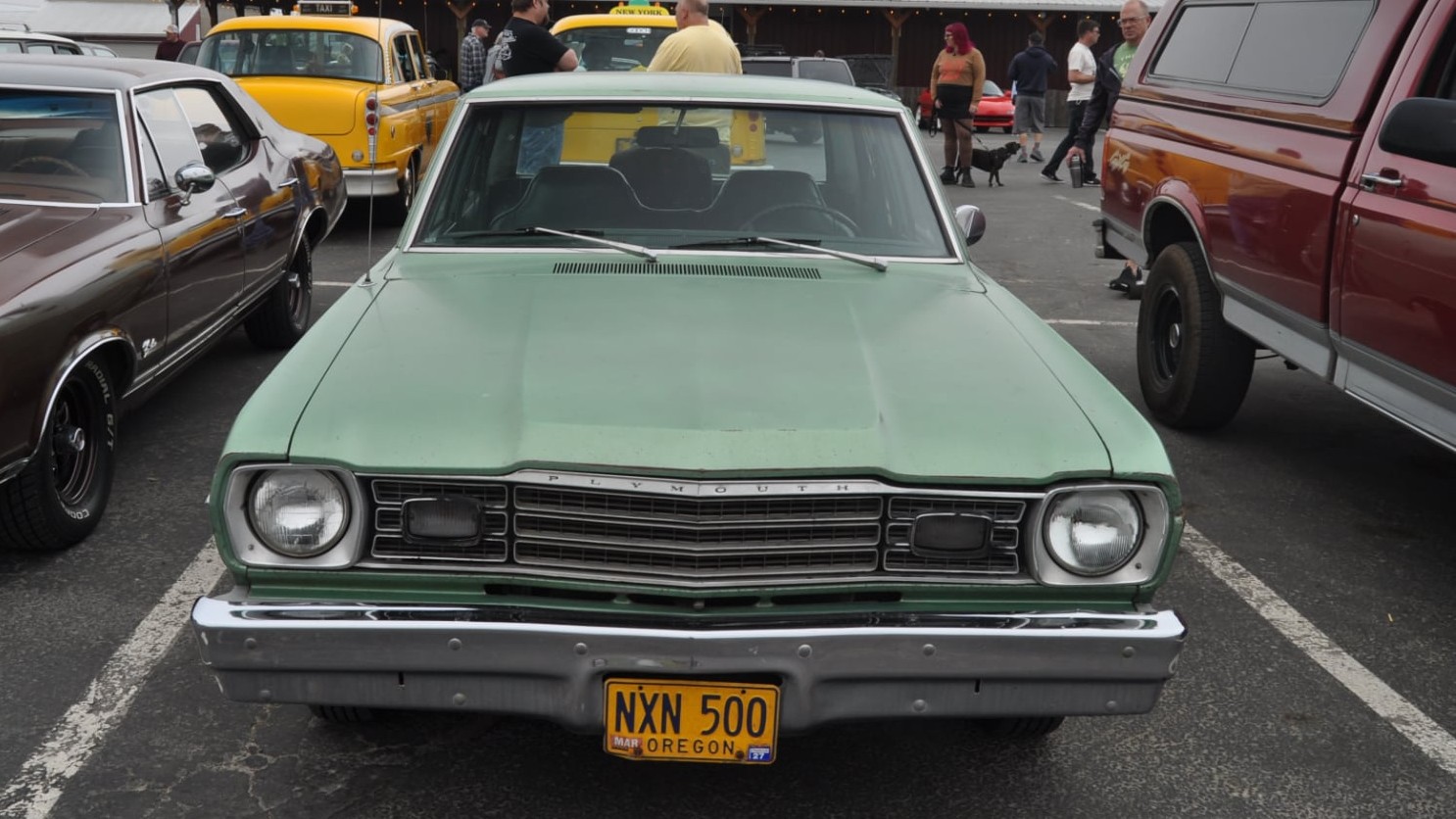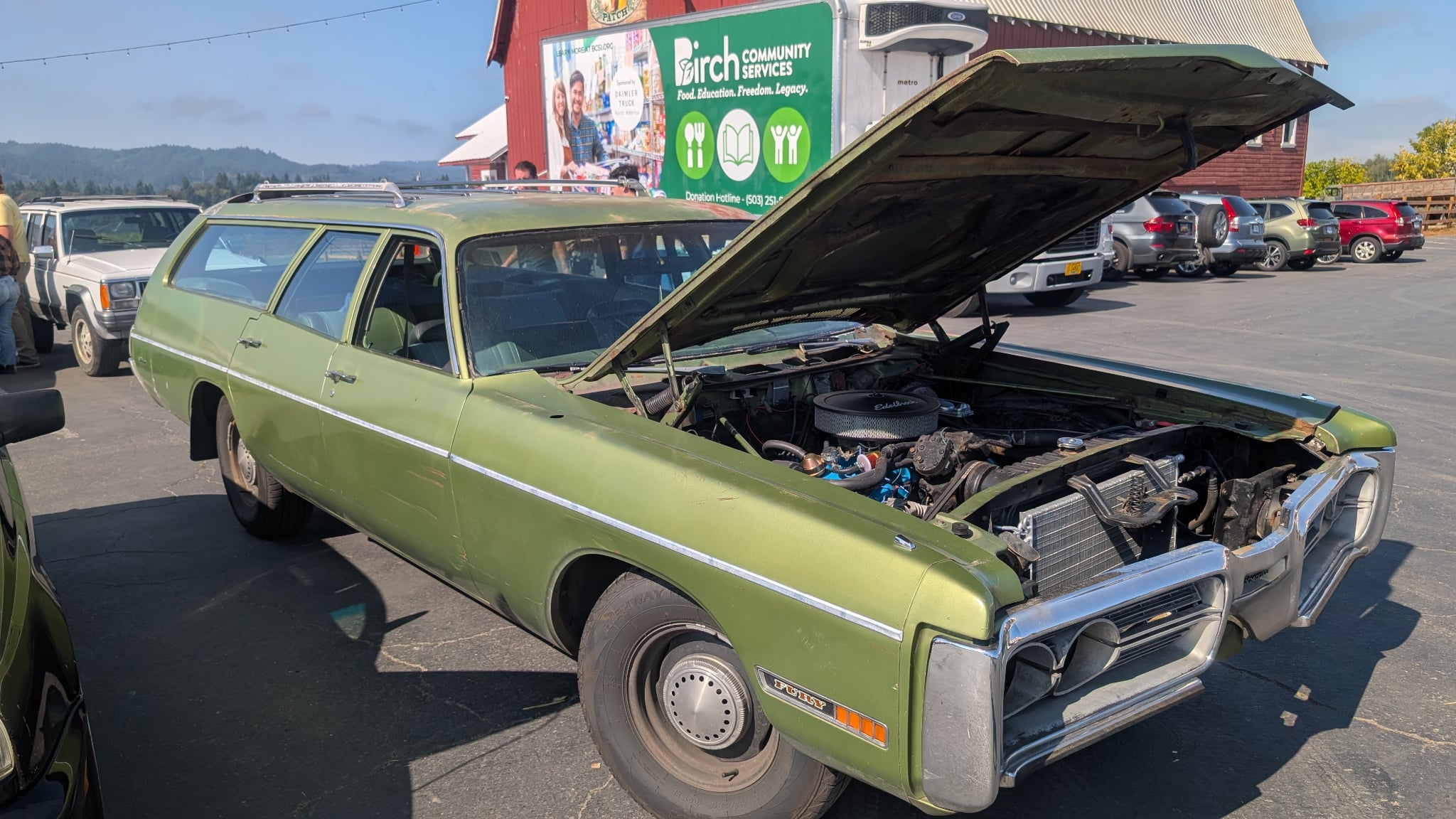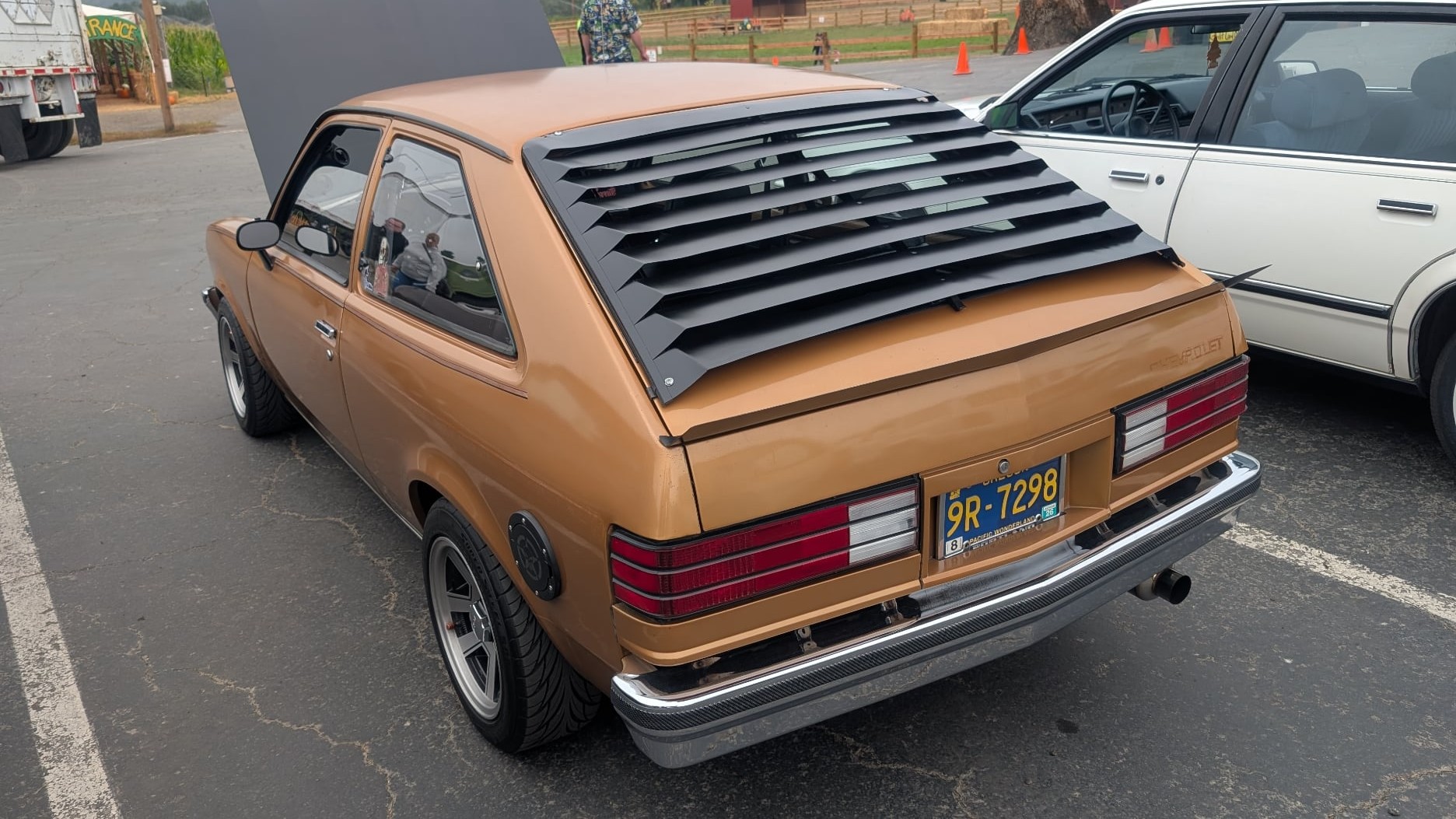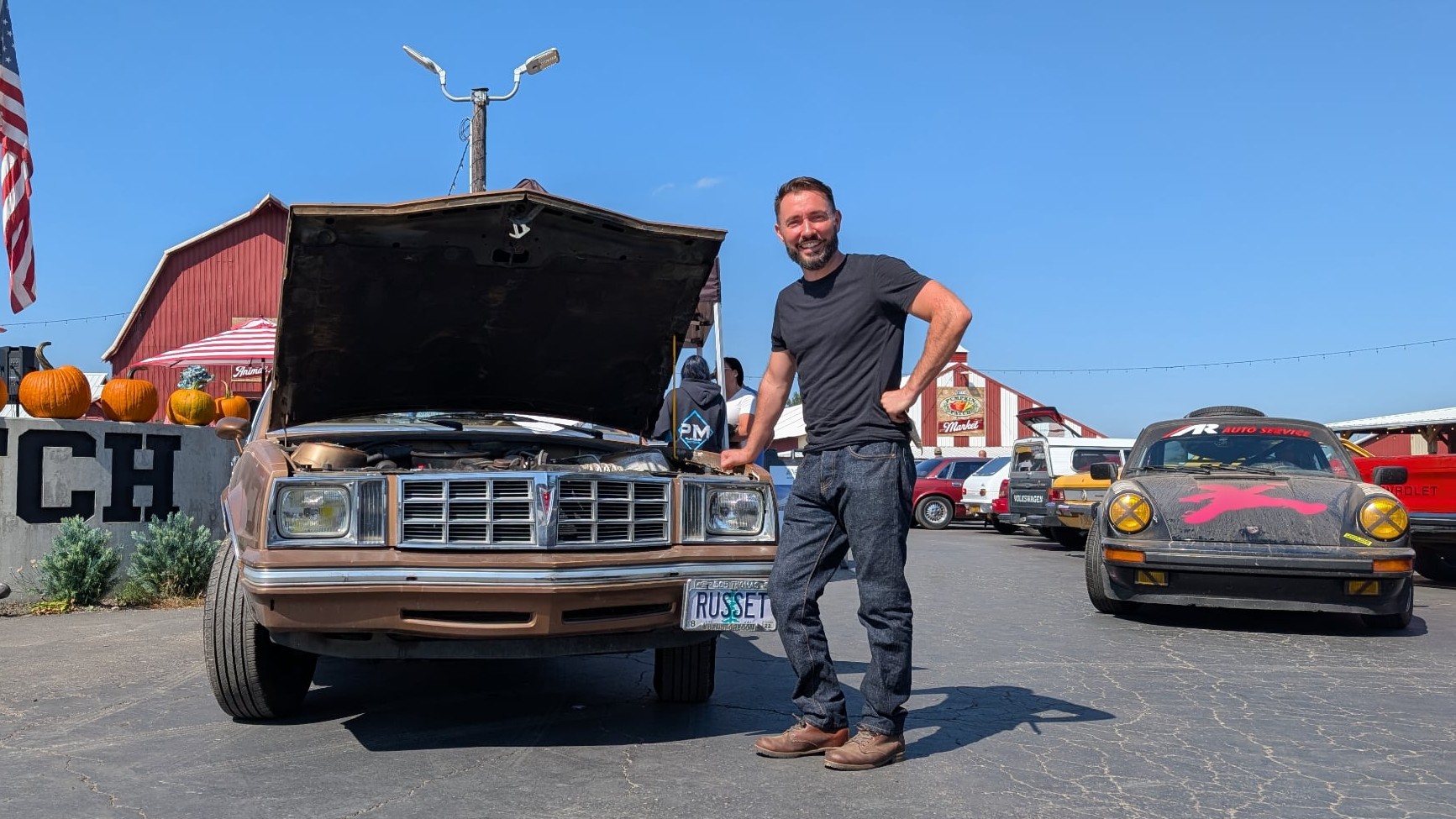If you’ve ever been to a funeral, there’s a good chance you’ve seen an Armbruster Stageway hearse or ridden in one of its limousines. According to the Fort Smith, Arkansas, company’s website, it has “a rich tradition in the funeral car industry that dates back for over one hundred years.” But not all of its history is associated with sadness and loss. Back in the 1970s, Armbruster Stageway built a version of the Chevrolet Suburban with four pairs of doors that opened up to a 15-passenger cabin.
Sure, the Armbruster Stageway Custom Deluxe Suburban could have served as a funeral vehicle, but the brochure shows that it was primarily intended for company car pools, school sports teams, and airport and hotel shuttle fleets.
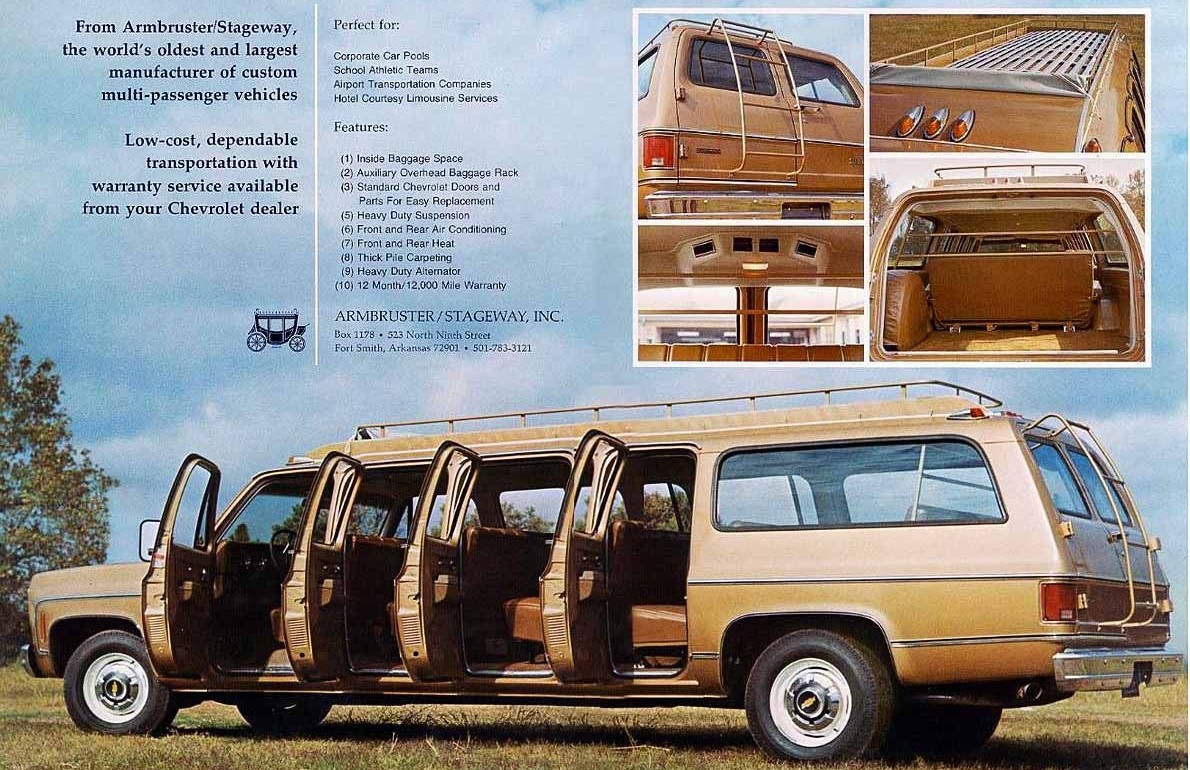
Whoever ended up riding in one of these ultra-longroofs had their luggage loaded in the back or lugged up the rear ladder and secured on the massive roof rack. Inside, they enjoyed the comfort of front and rear heat or air conditioning. Corporate buyers had peace of mind knowing they could replace the doors and parts with standard Chevy hardware, and that their purchase was covered by a 12-month/12,000-mile warranty.
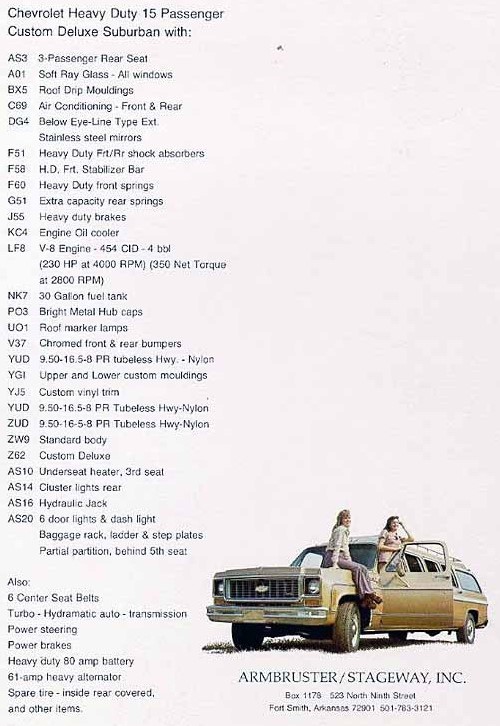
Given this rig’s dimensions and the associated increase in weight, the words “heavy-duty” were applied to a lot of its components. The front and rear shocks? Heavy-duty, just like the front springs (and paired with “extra capacity rear springs”). Front stabilizer bar? Ditto. Power brakes? You better believe it.
But what moved this massive people-hauler? A nuclear submarine’s reactor? The gas turbine engine out of an M1 Abrams tank? Think big—just not that big: a four-barrel 454 with 230 horsepower and 350 lb-ft of torque, all routed through a Turbo-Hydramatic. If you scored a ride in one of these Suburbans, you had to hope you were going to enjoy the company of your fellow passengers because it sounds like getting to your destination would take a while. Hey, at least it wouldn’t be your final destination.

